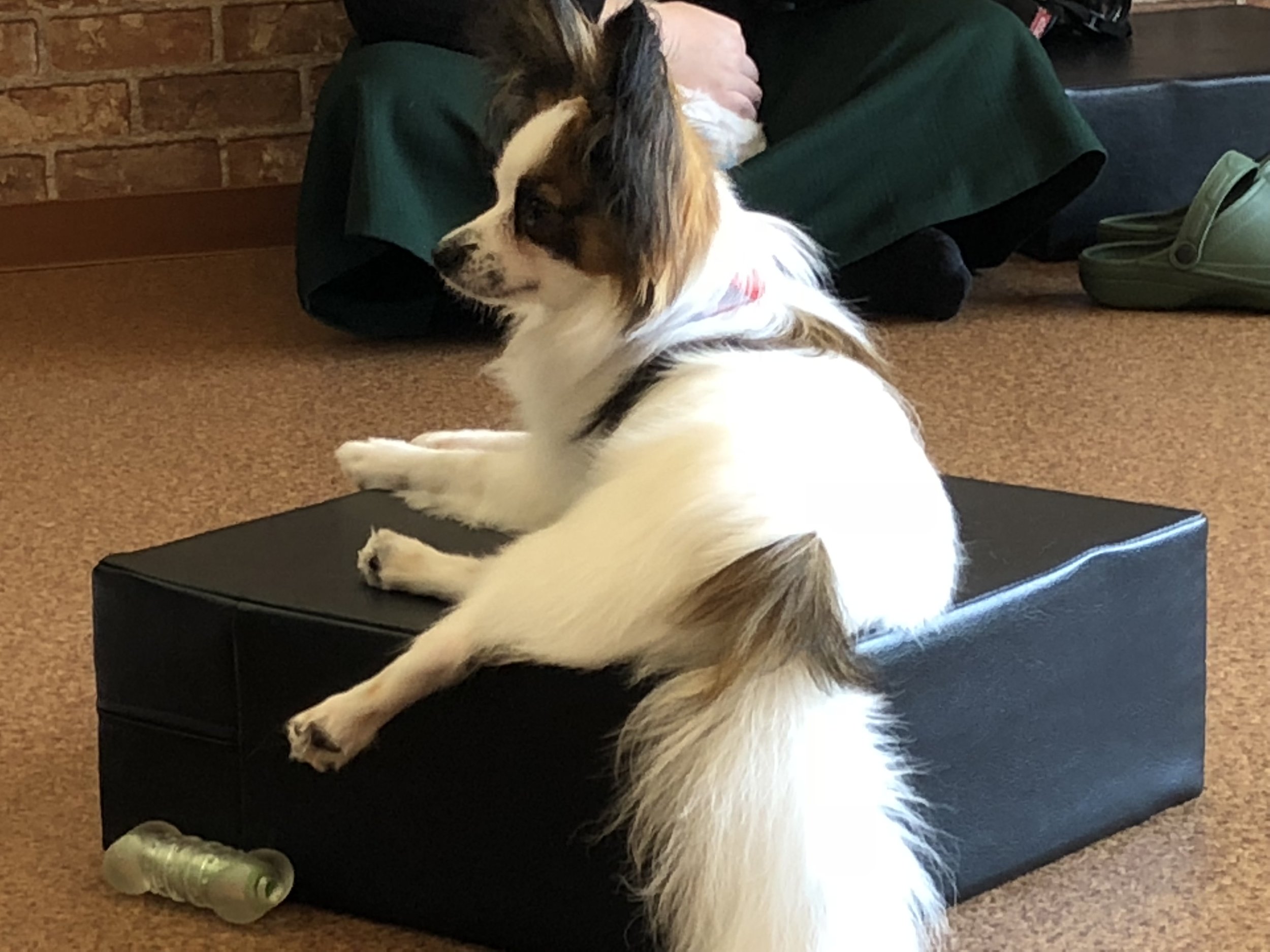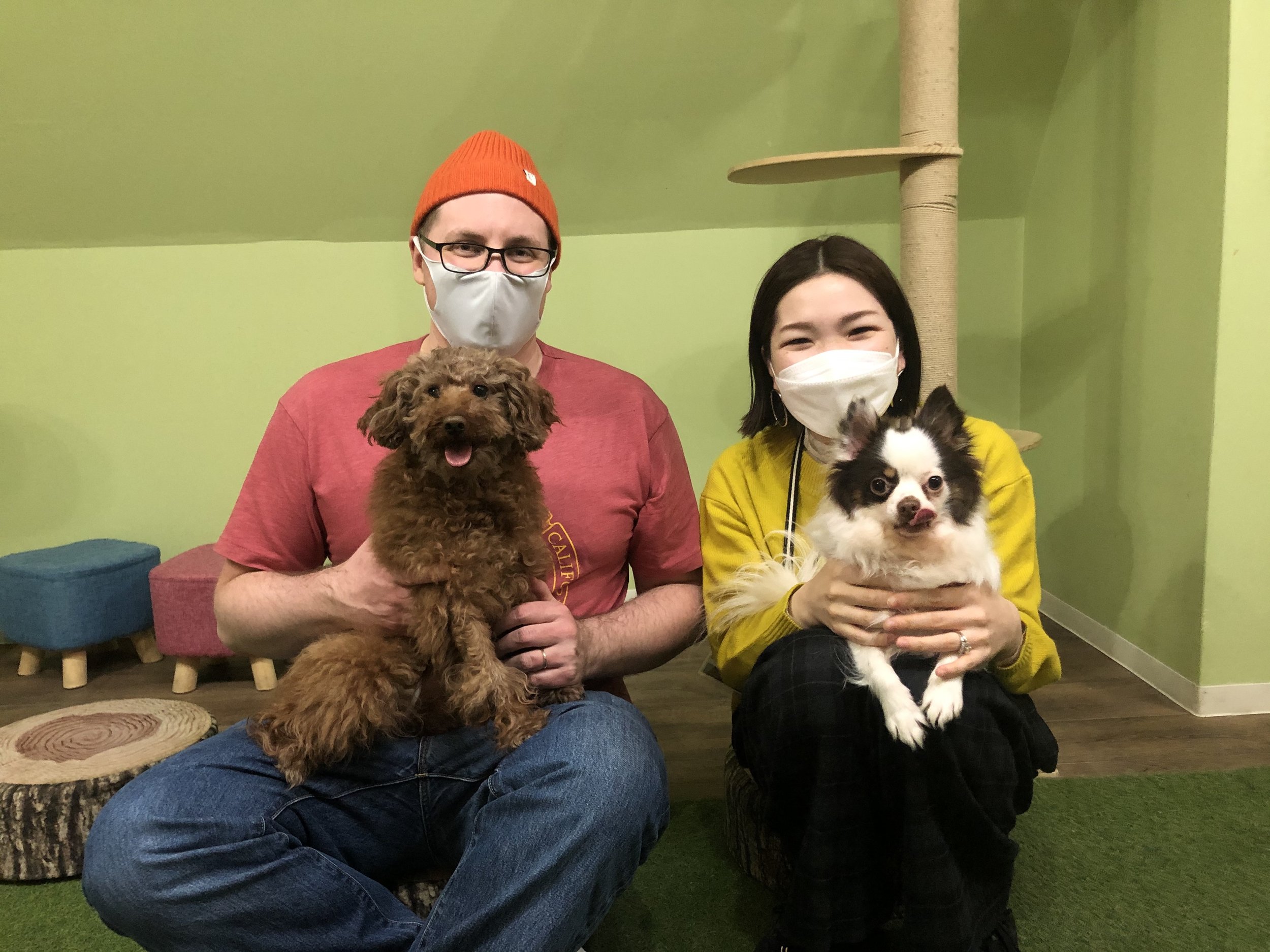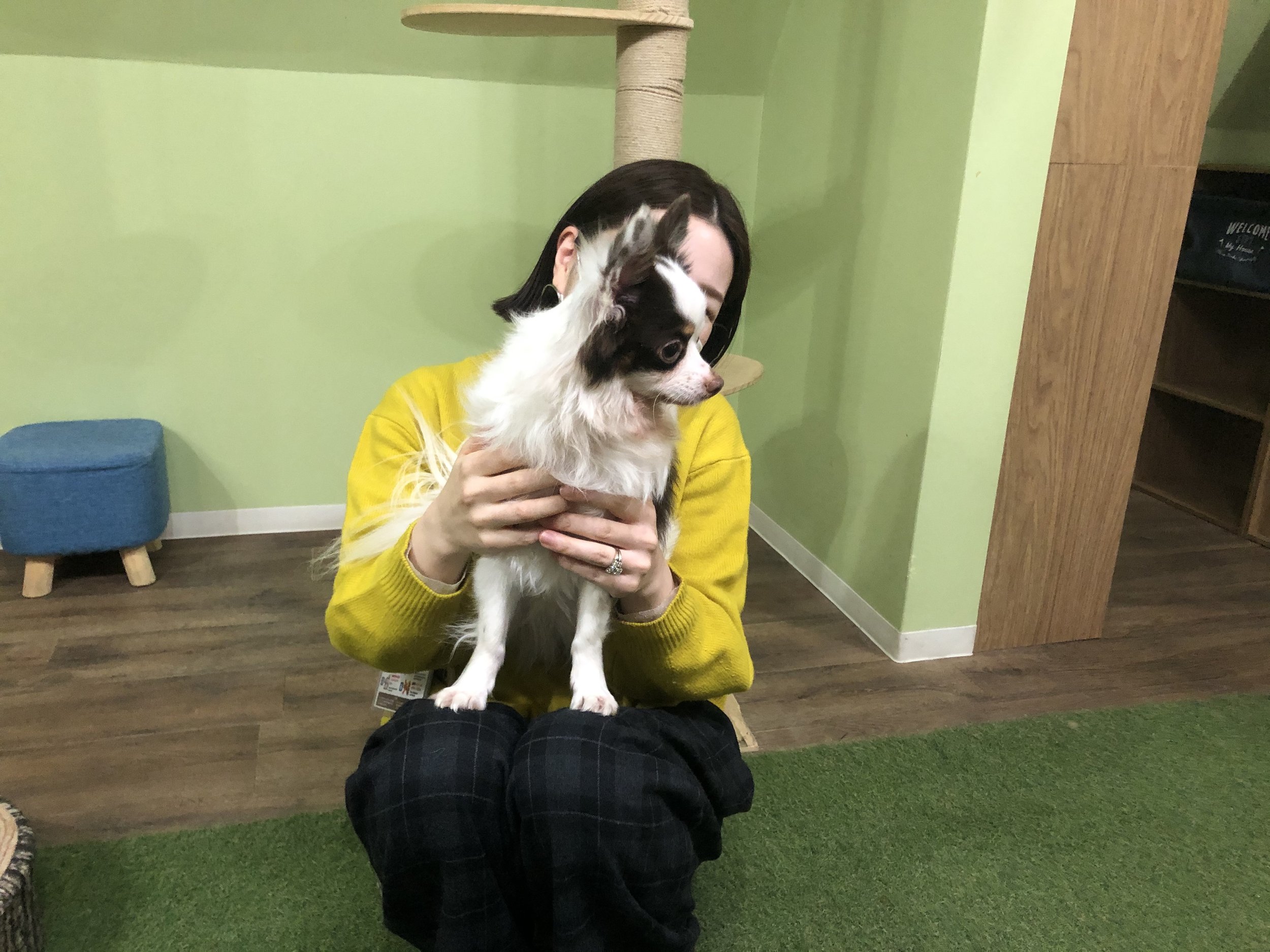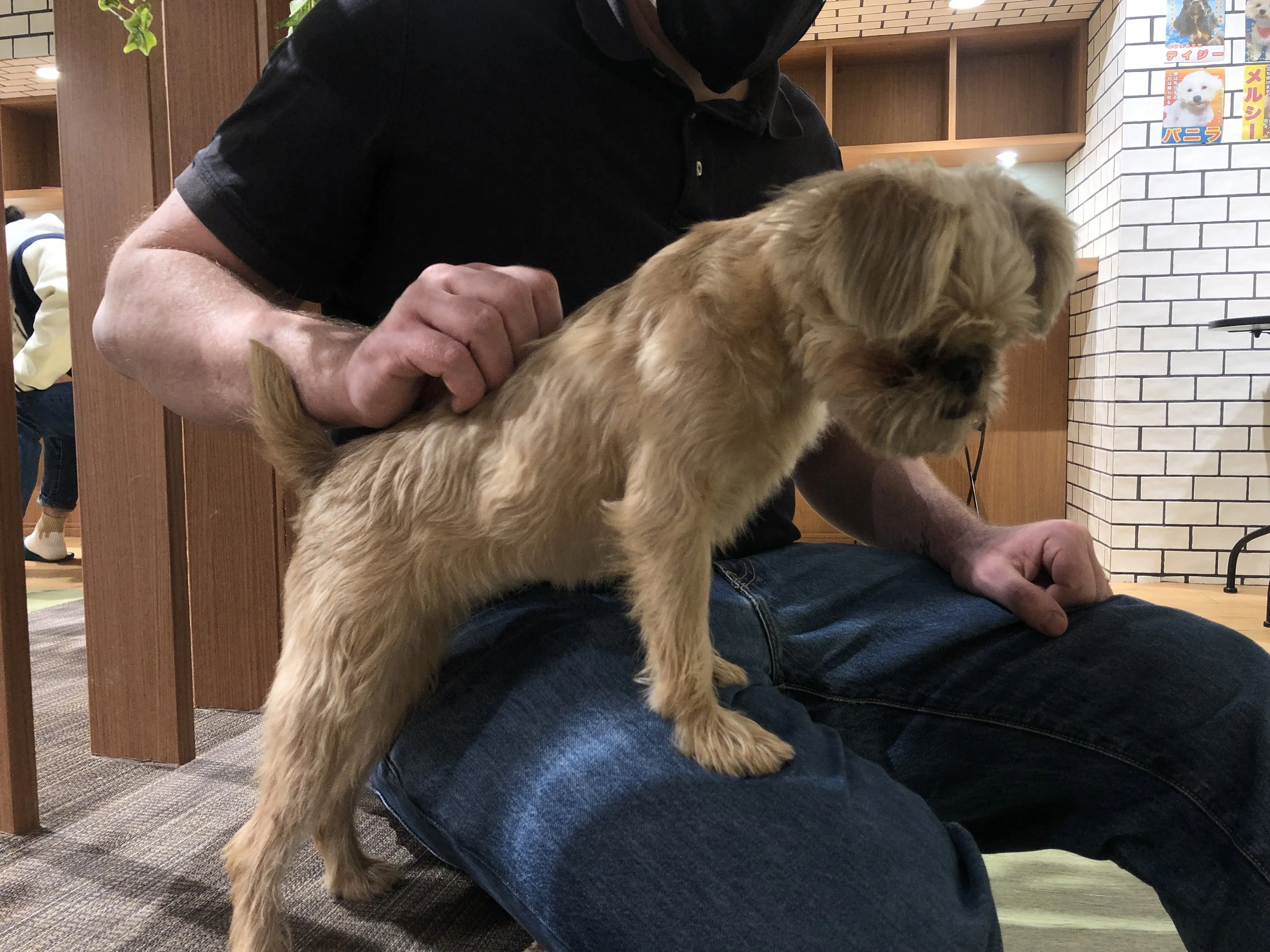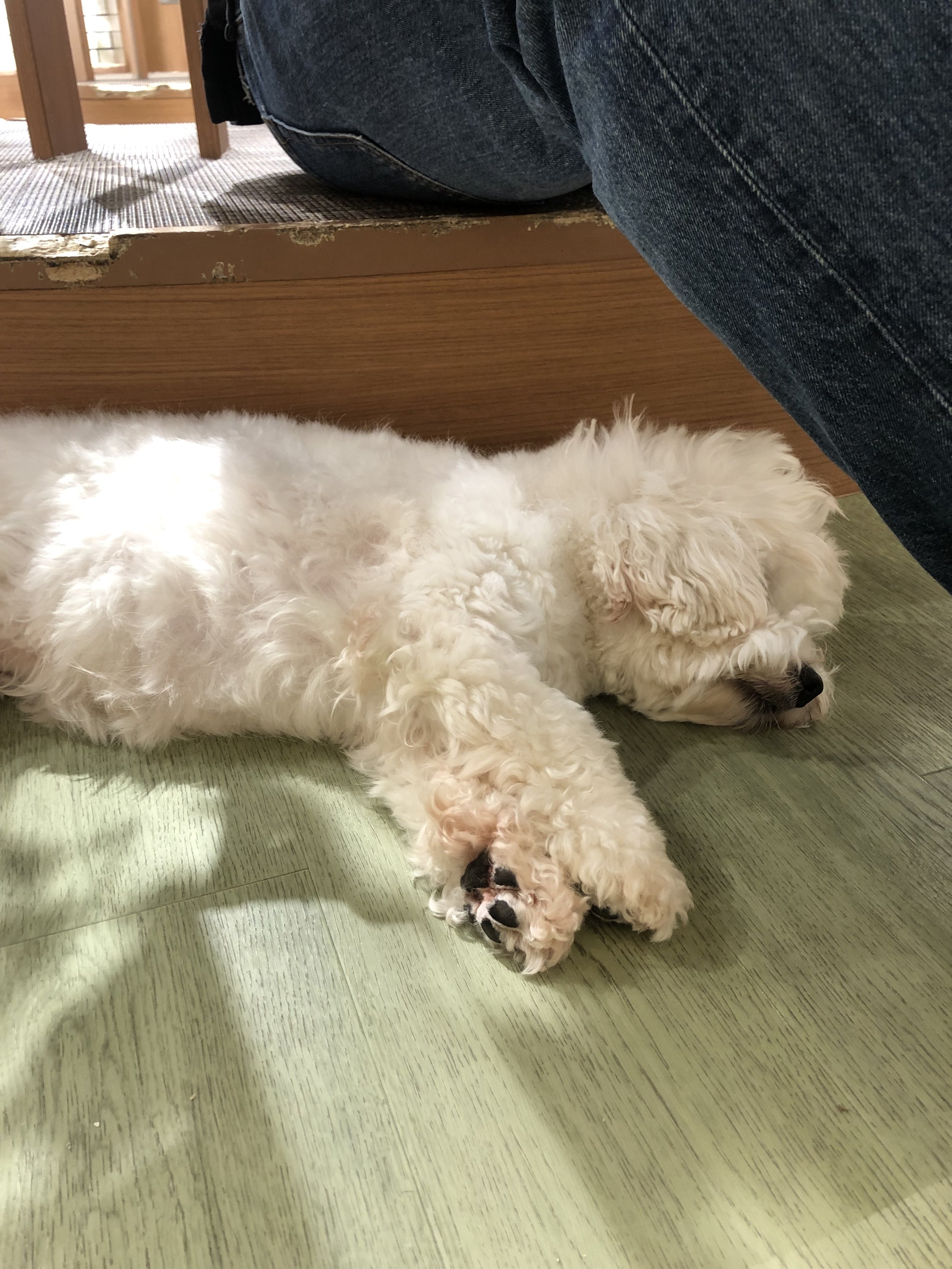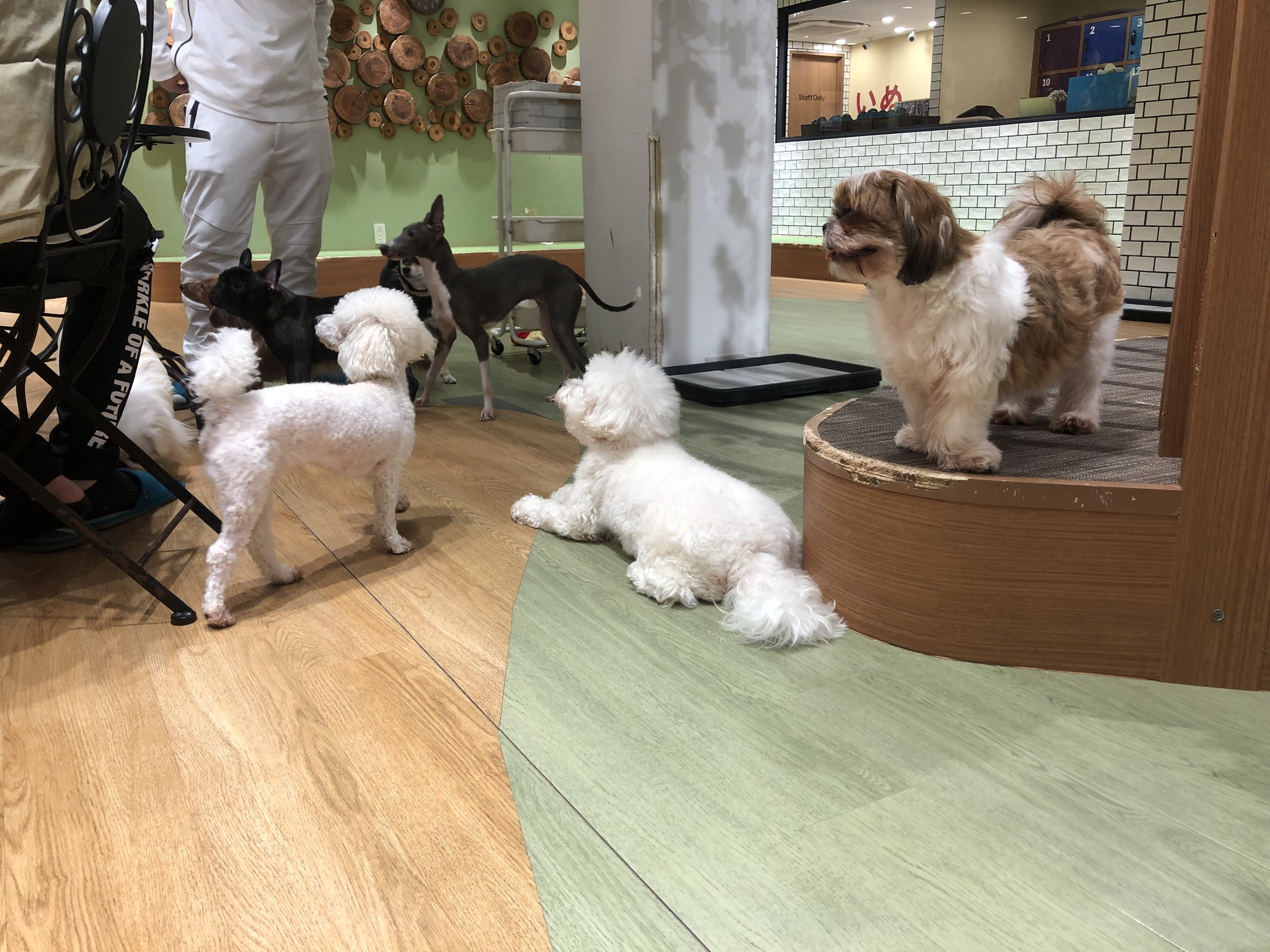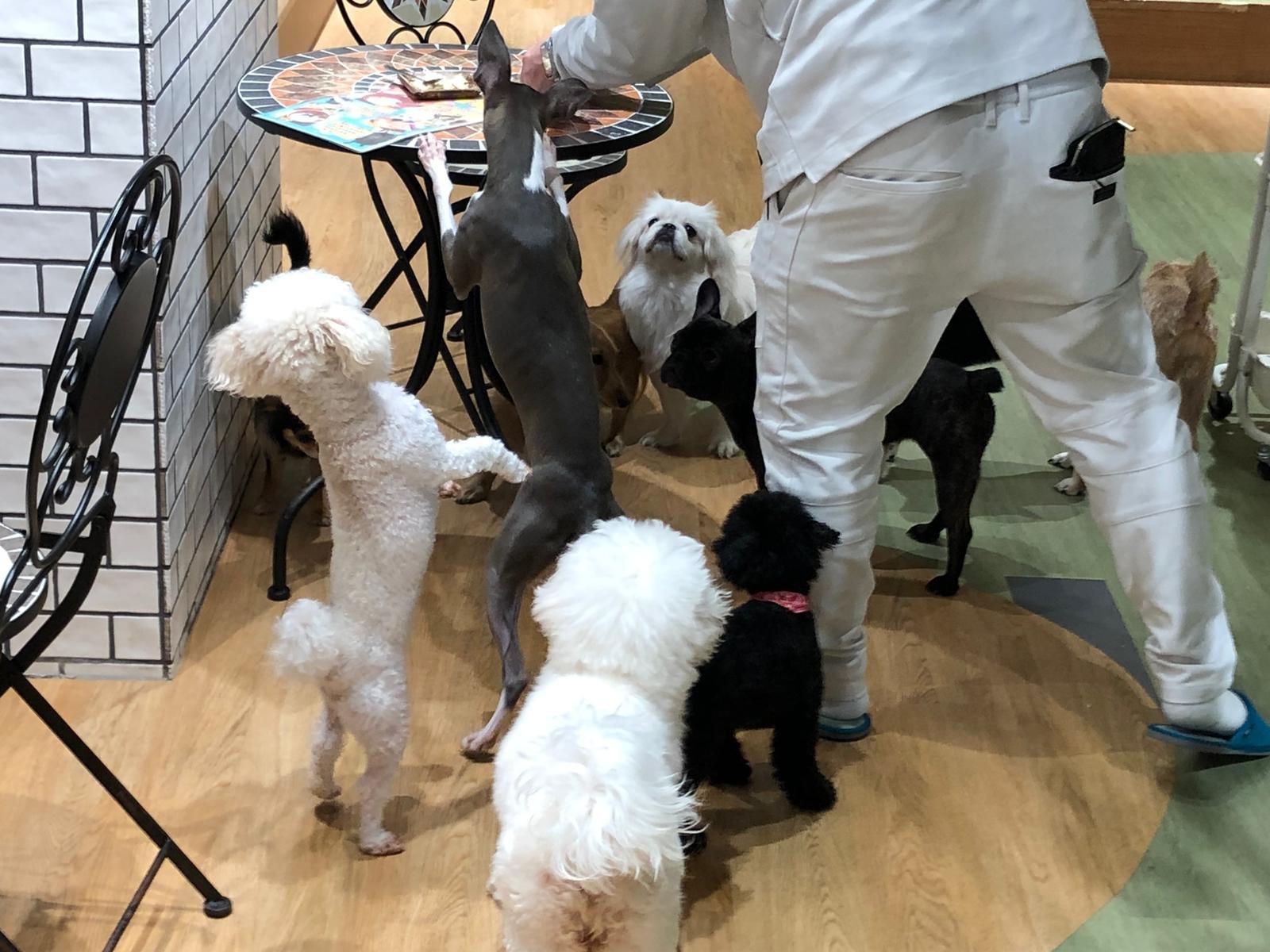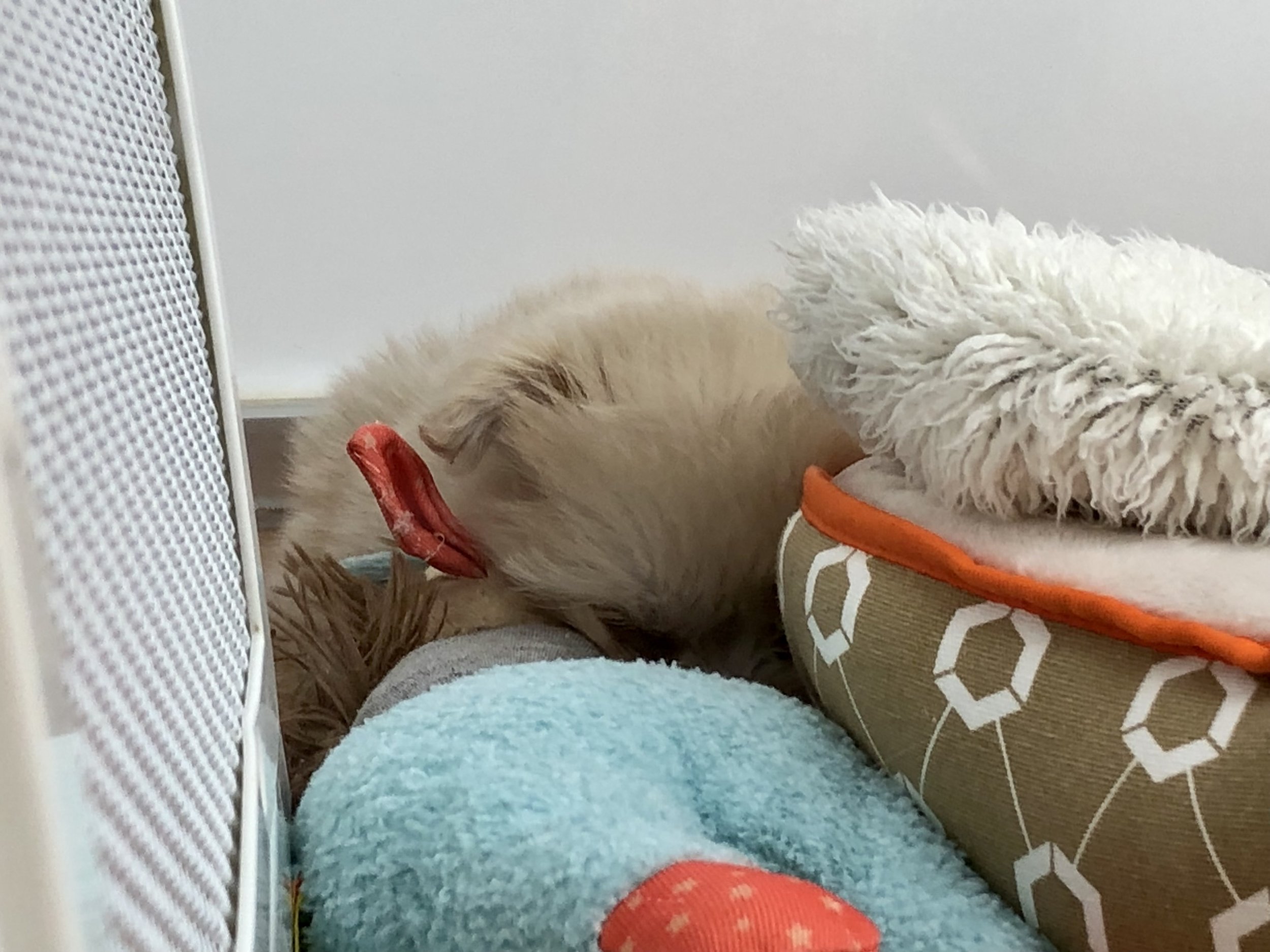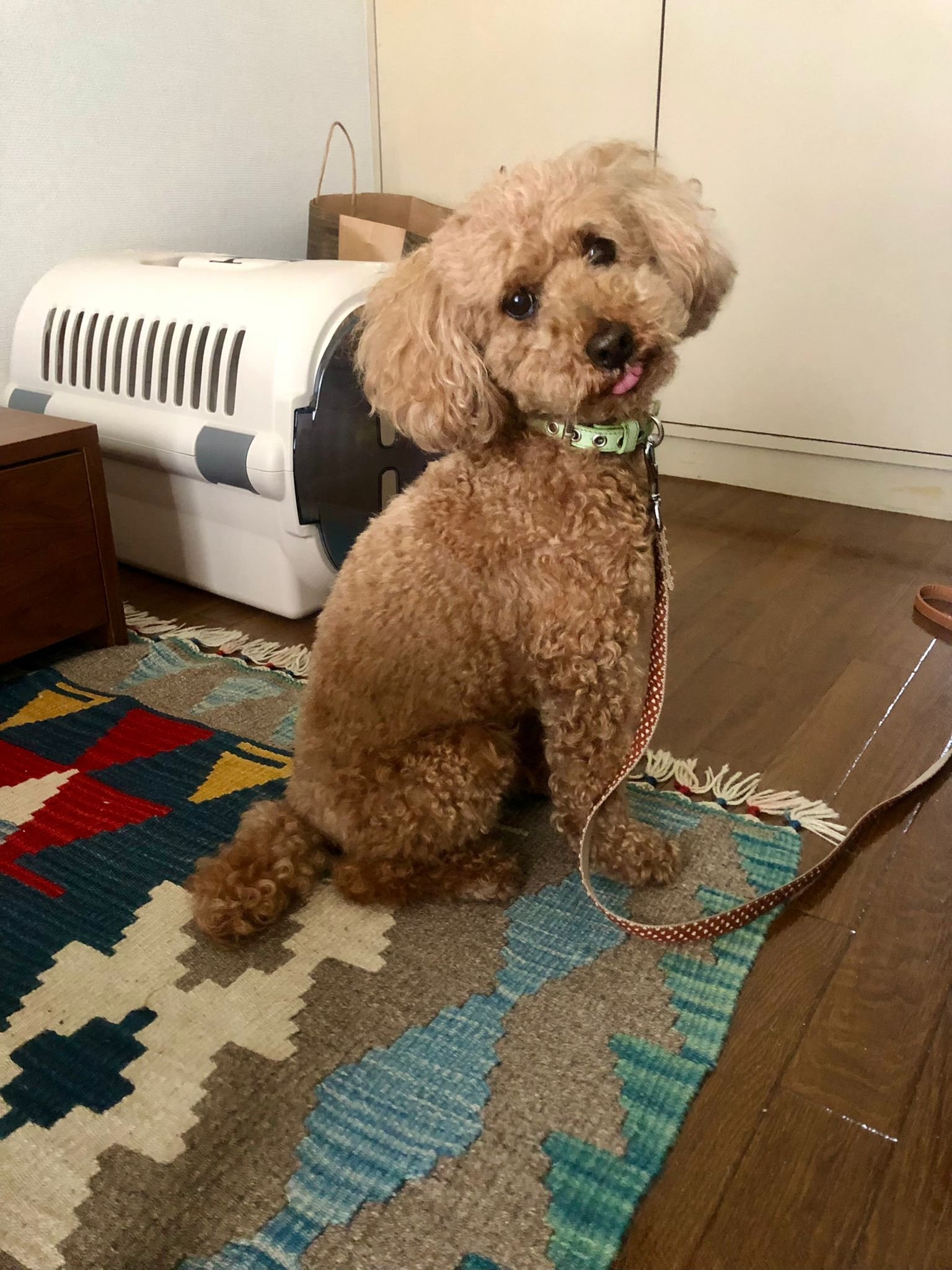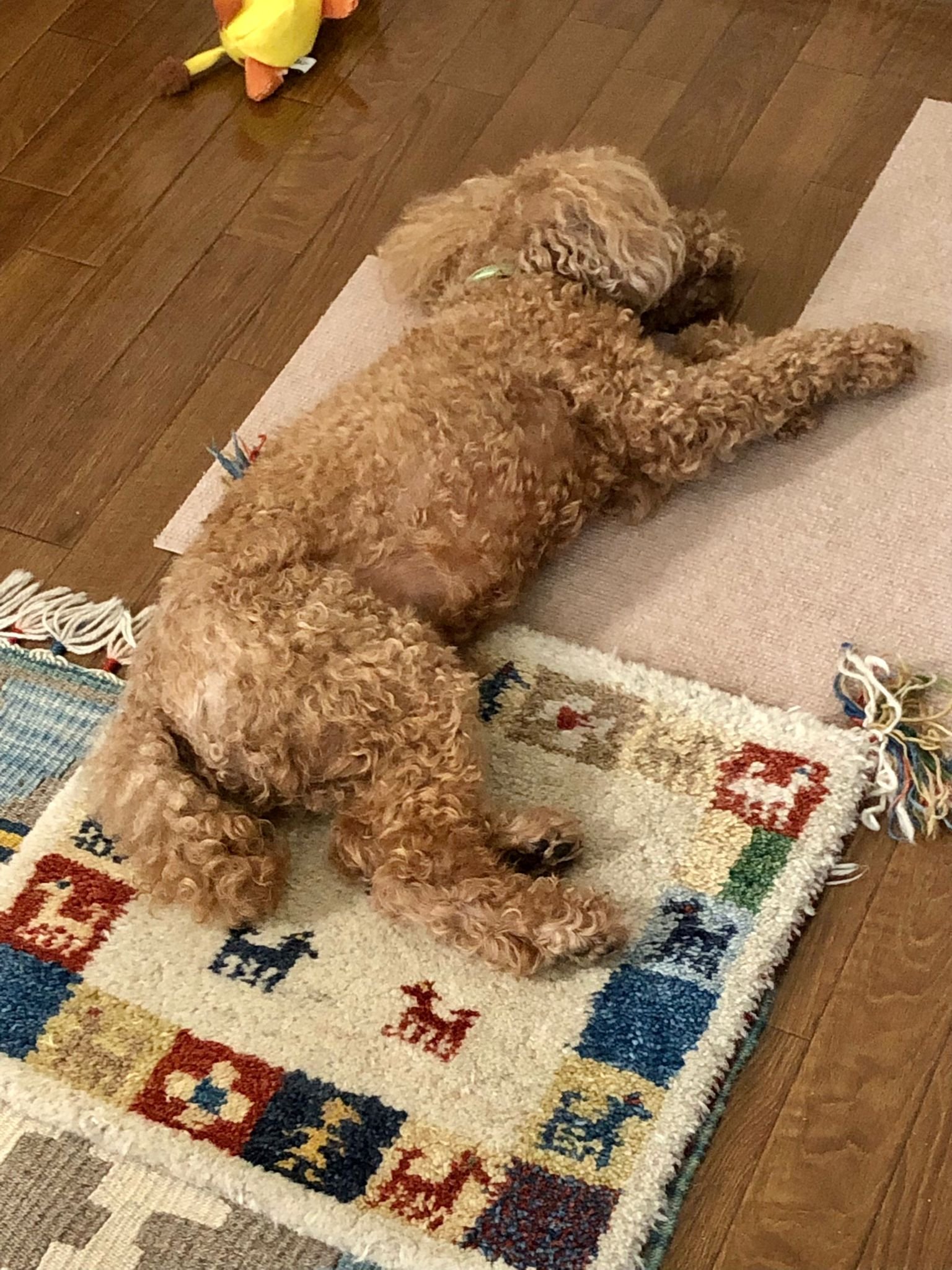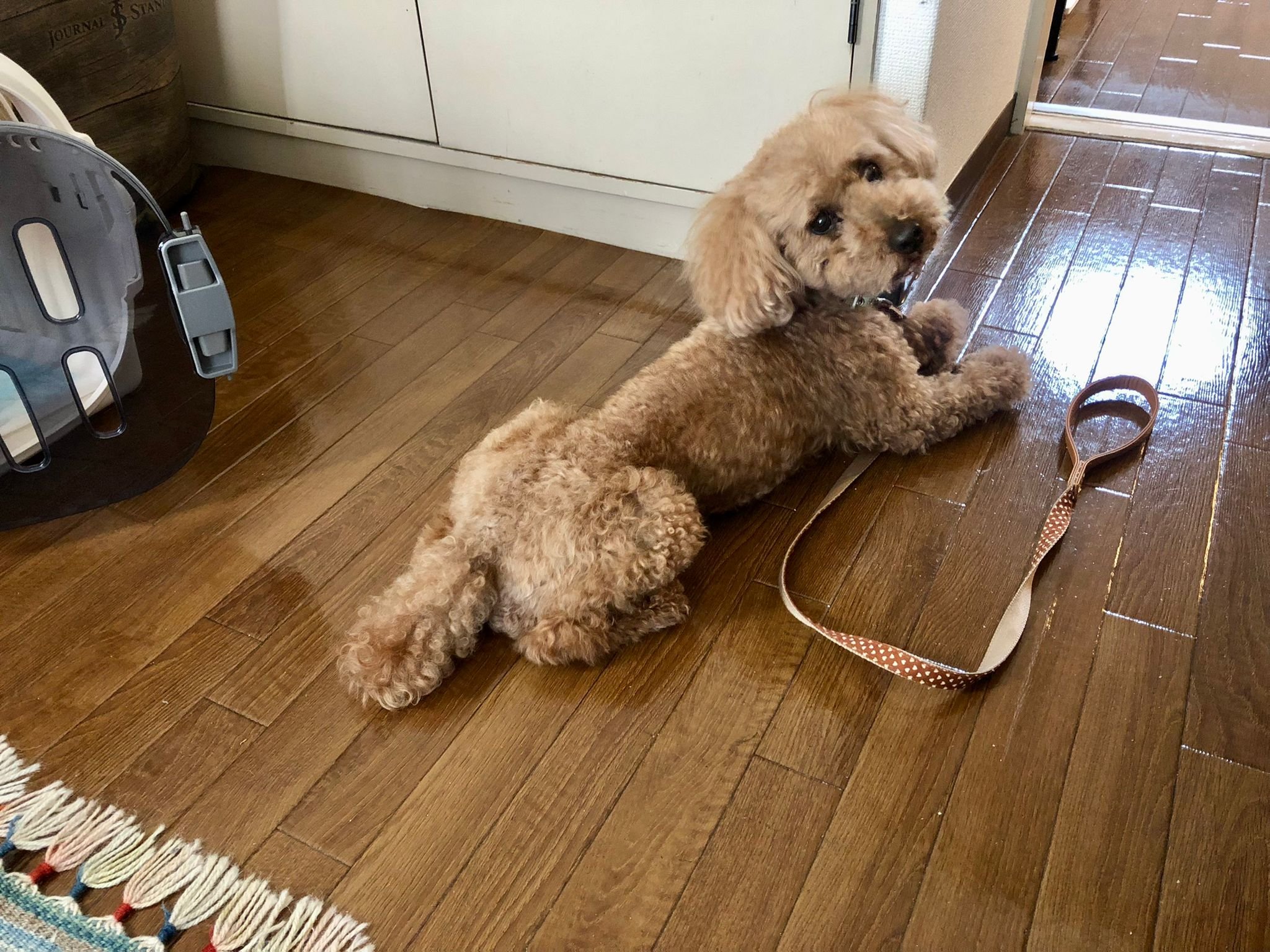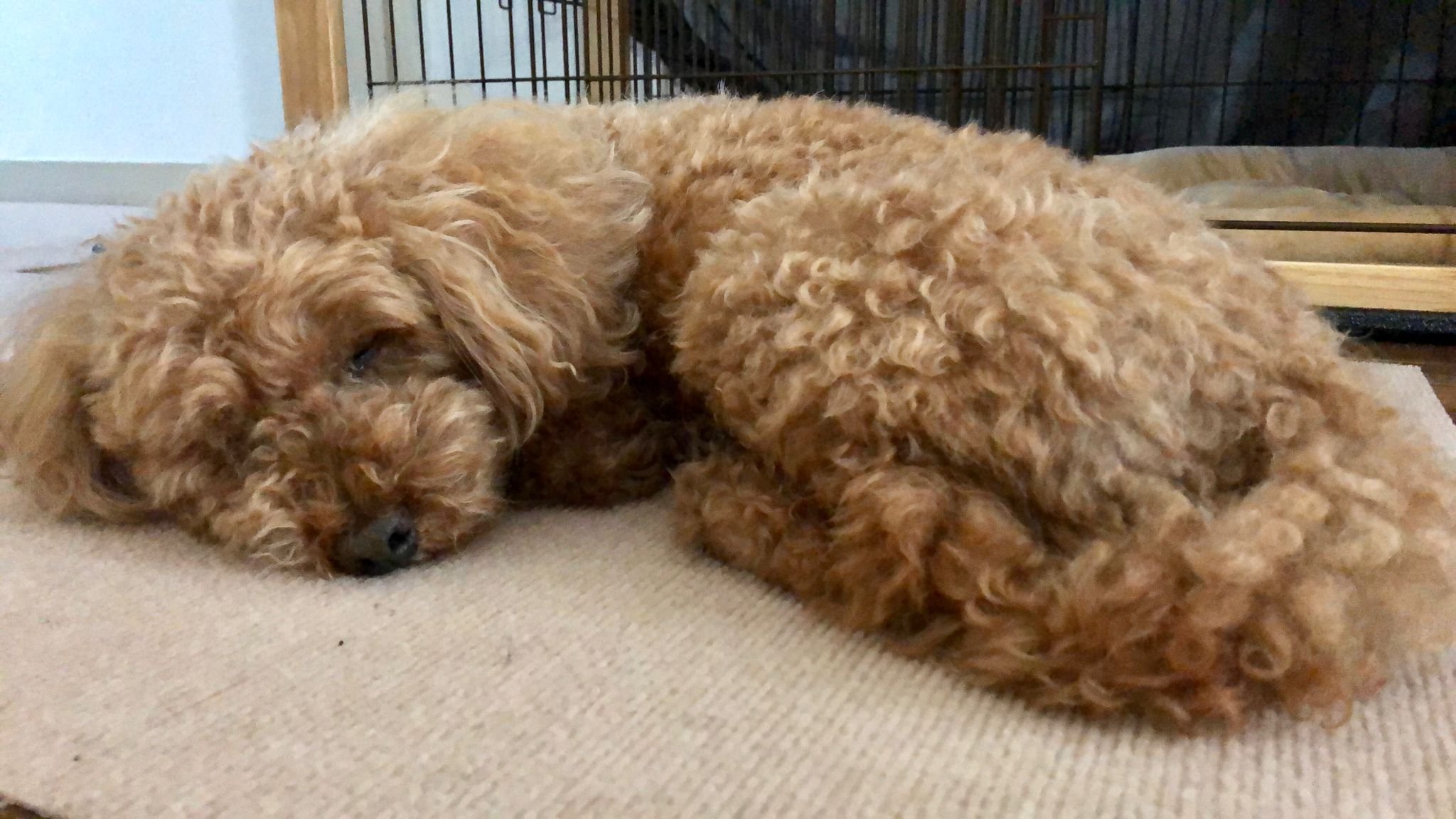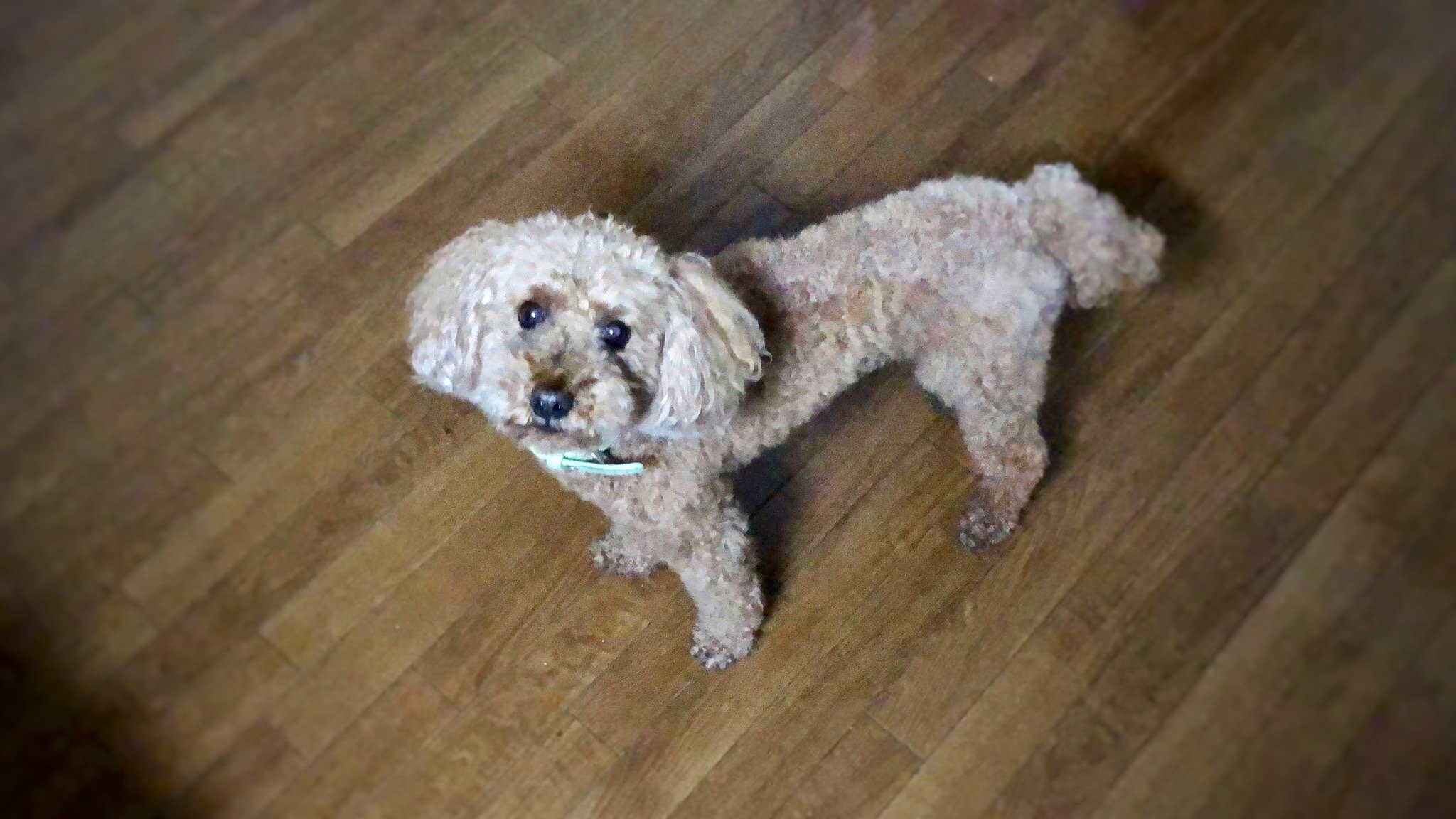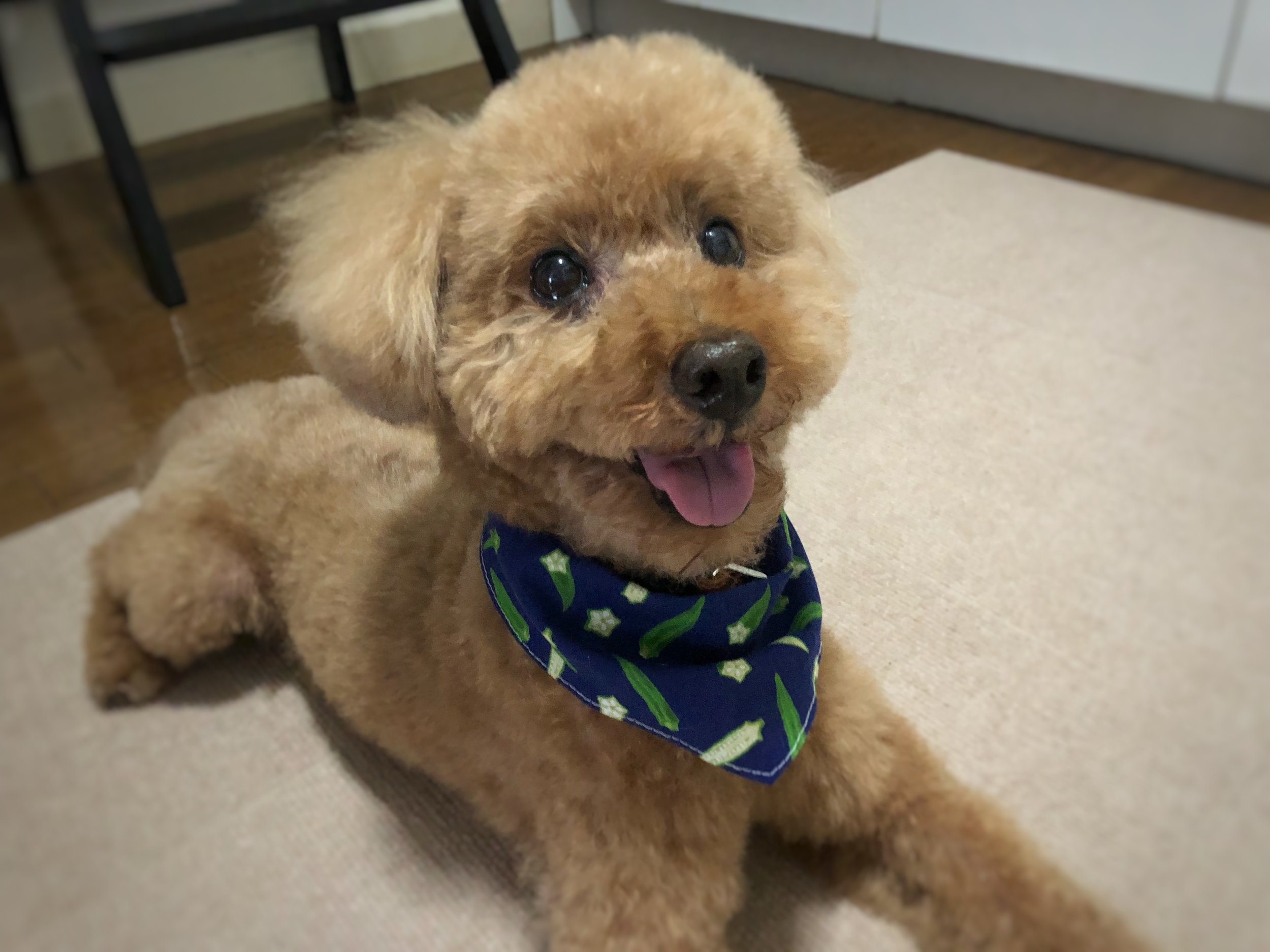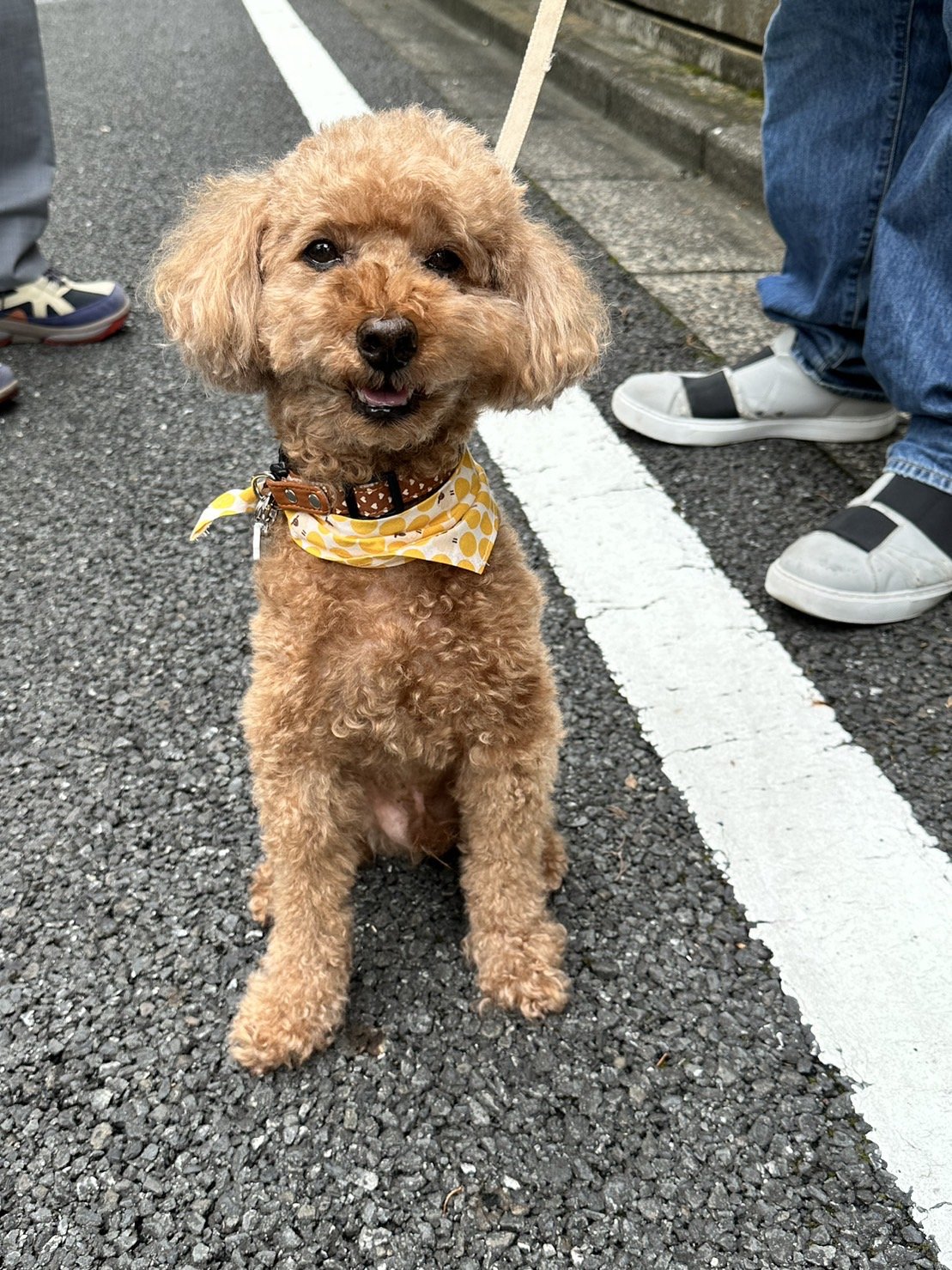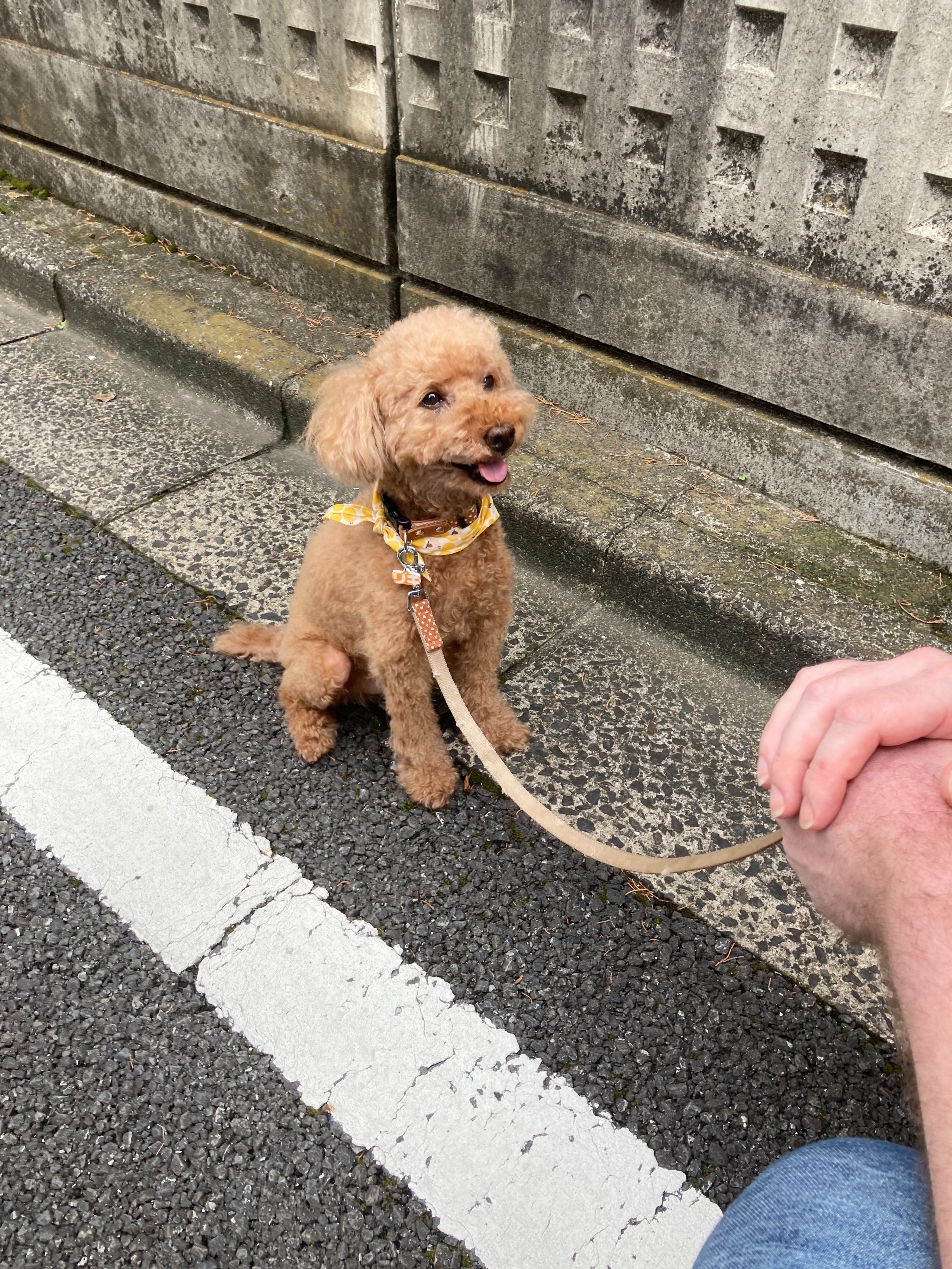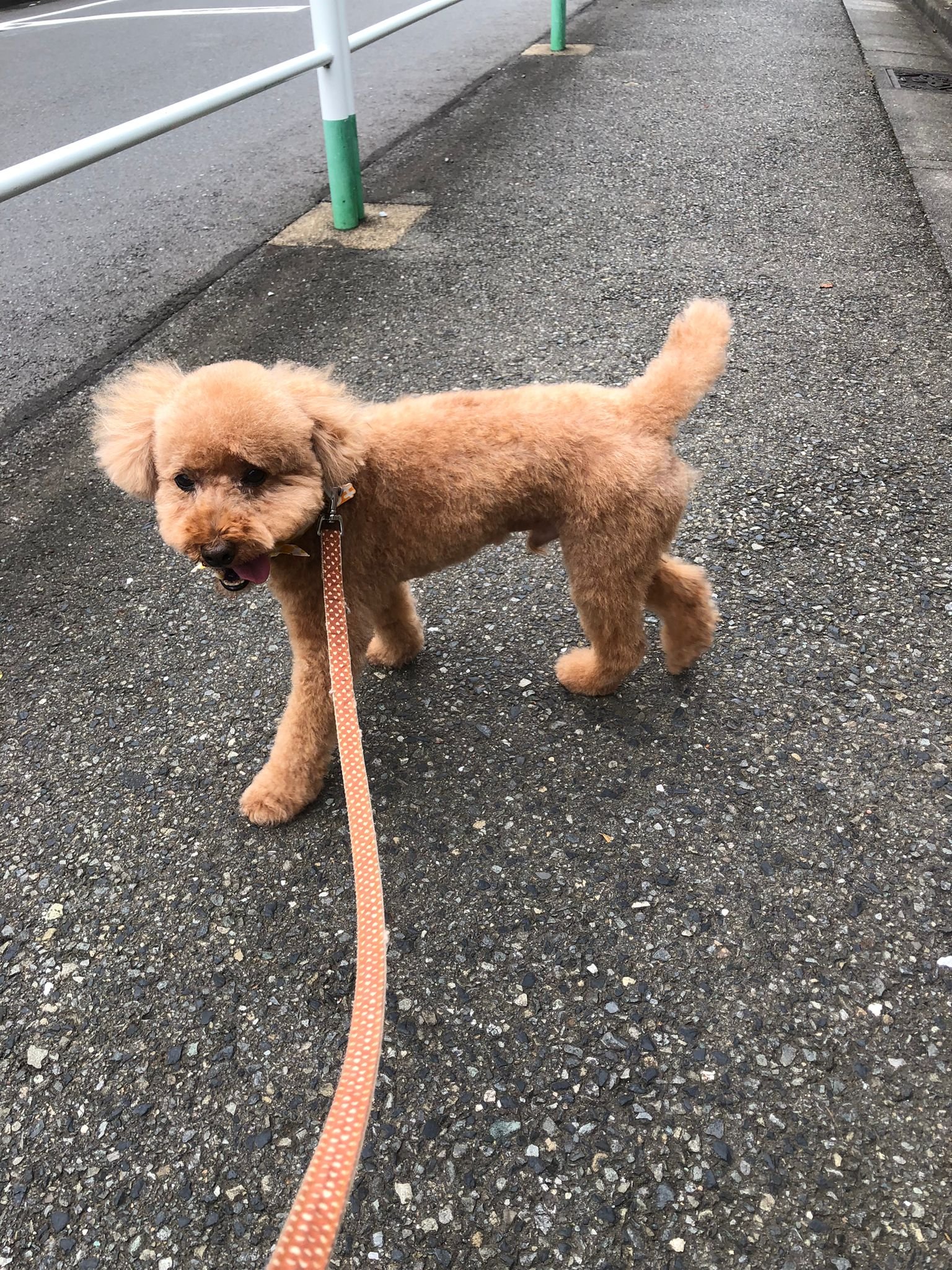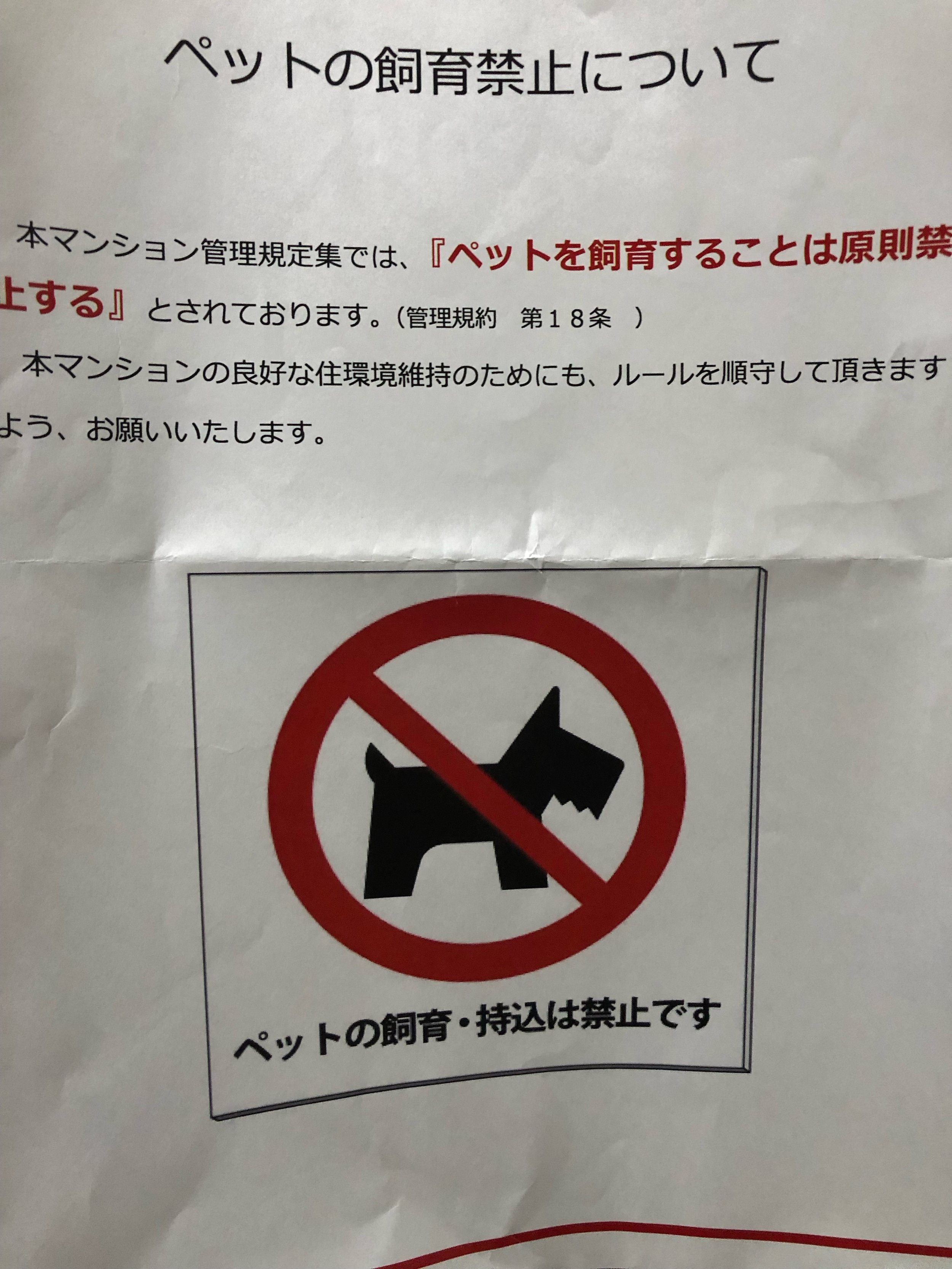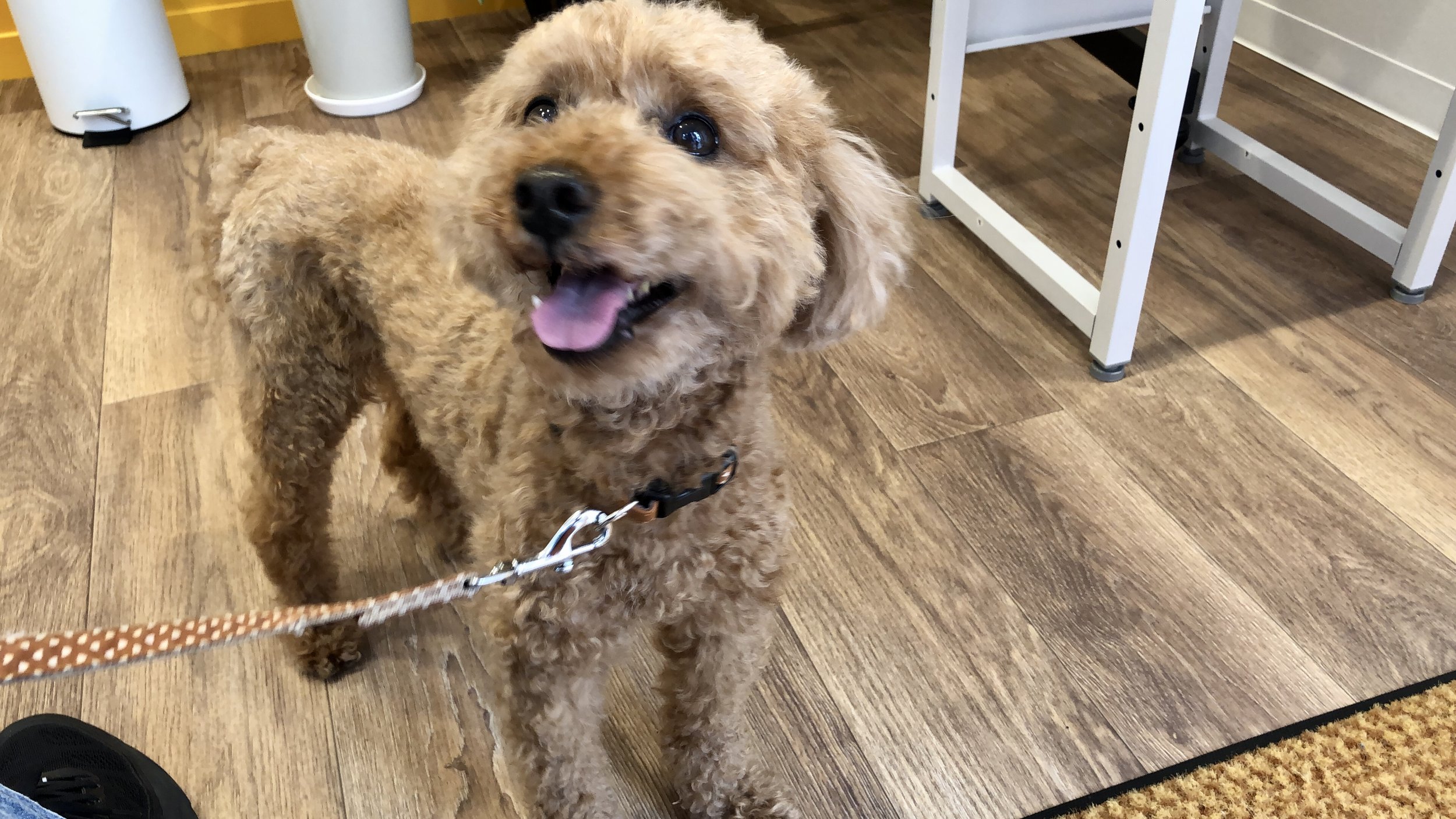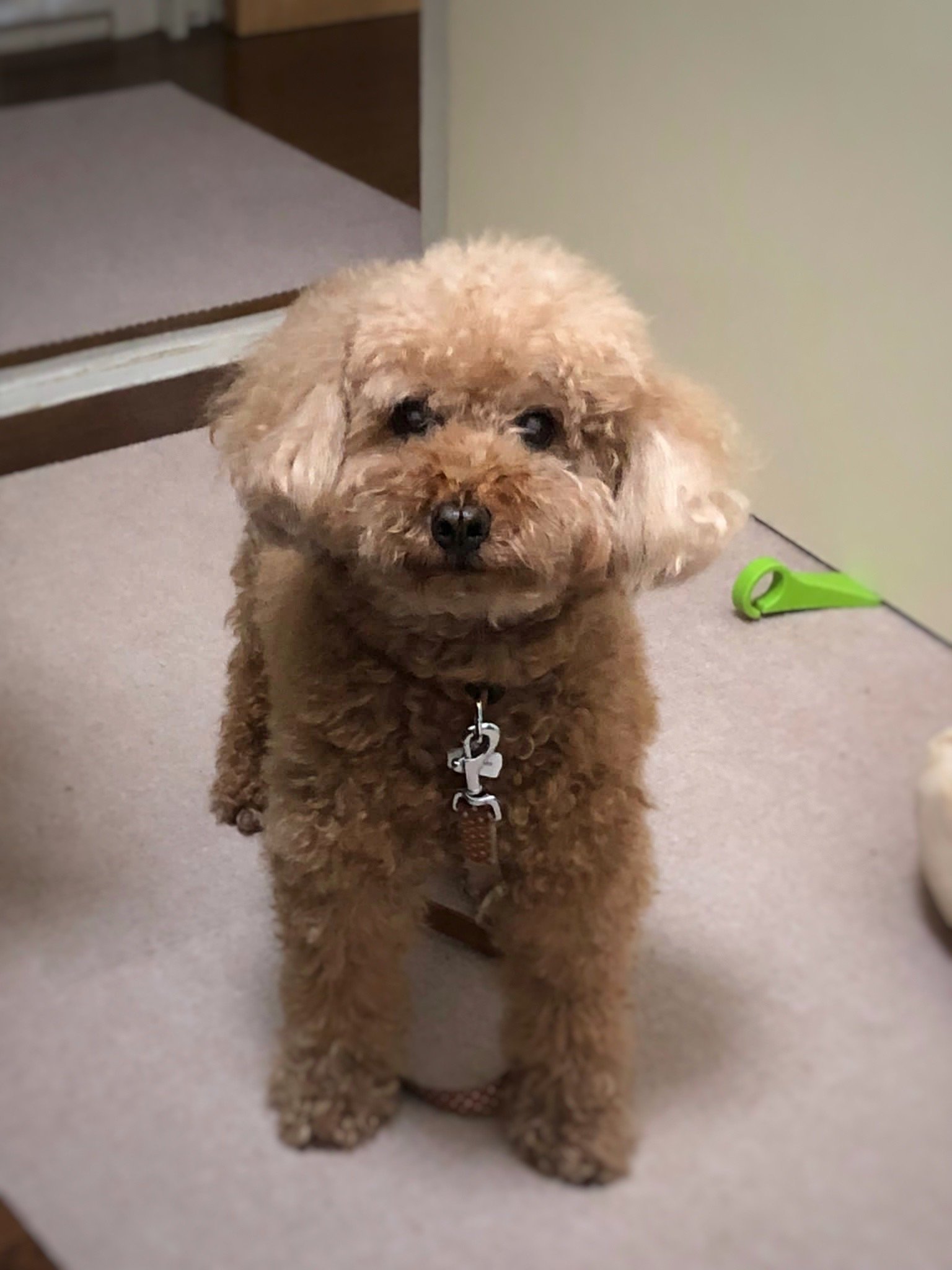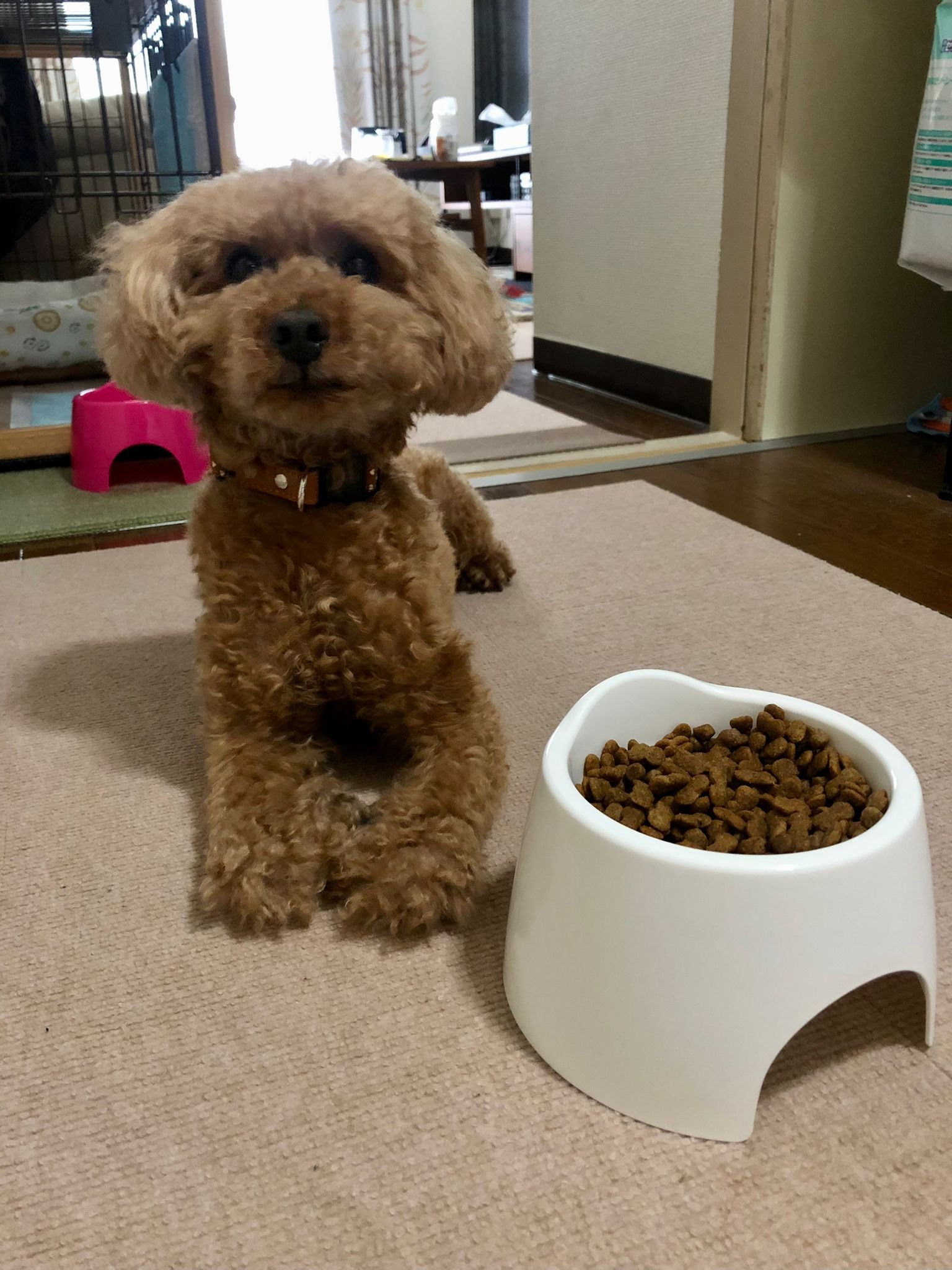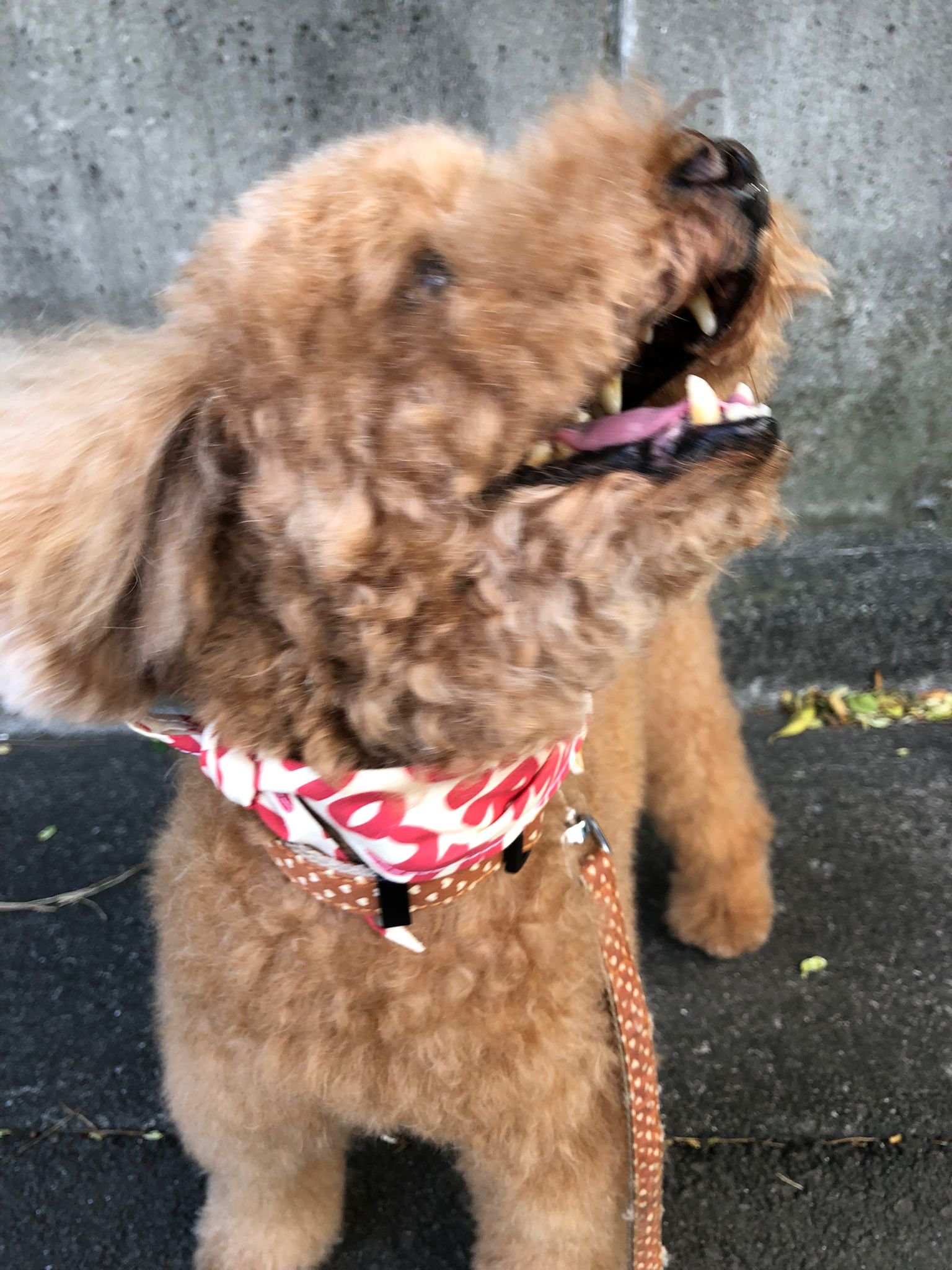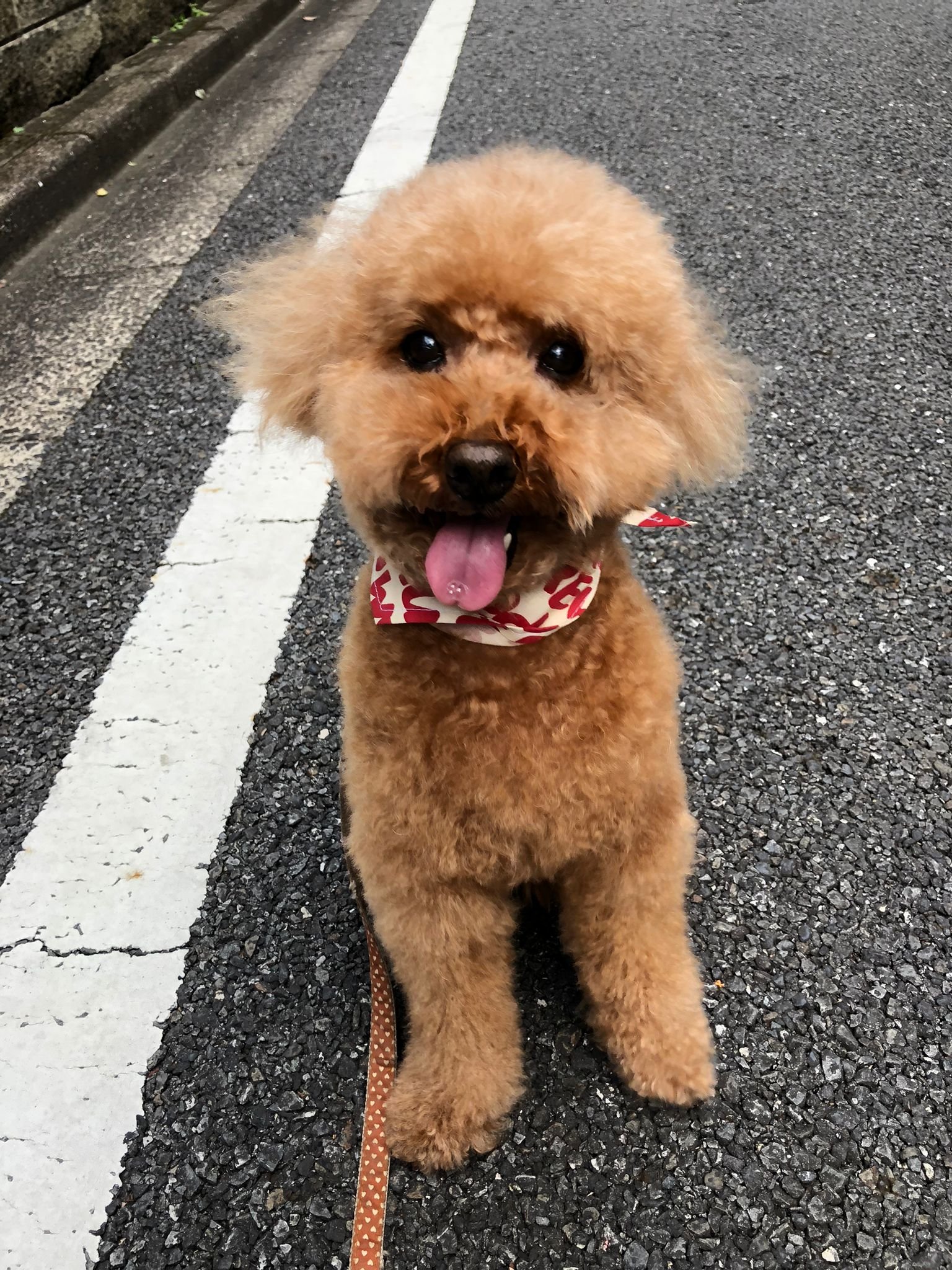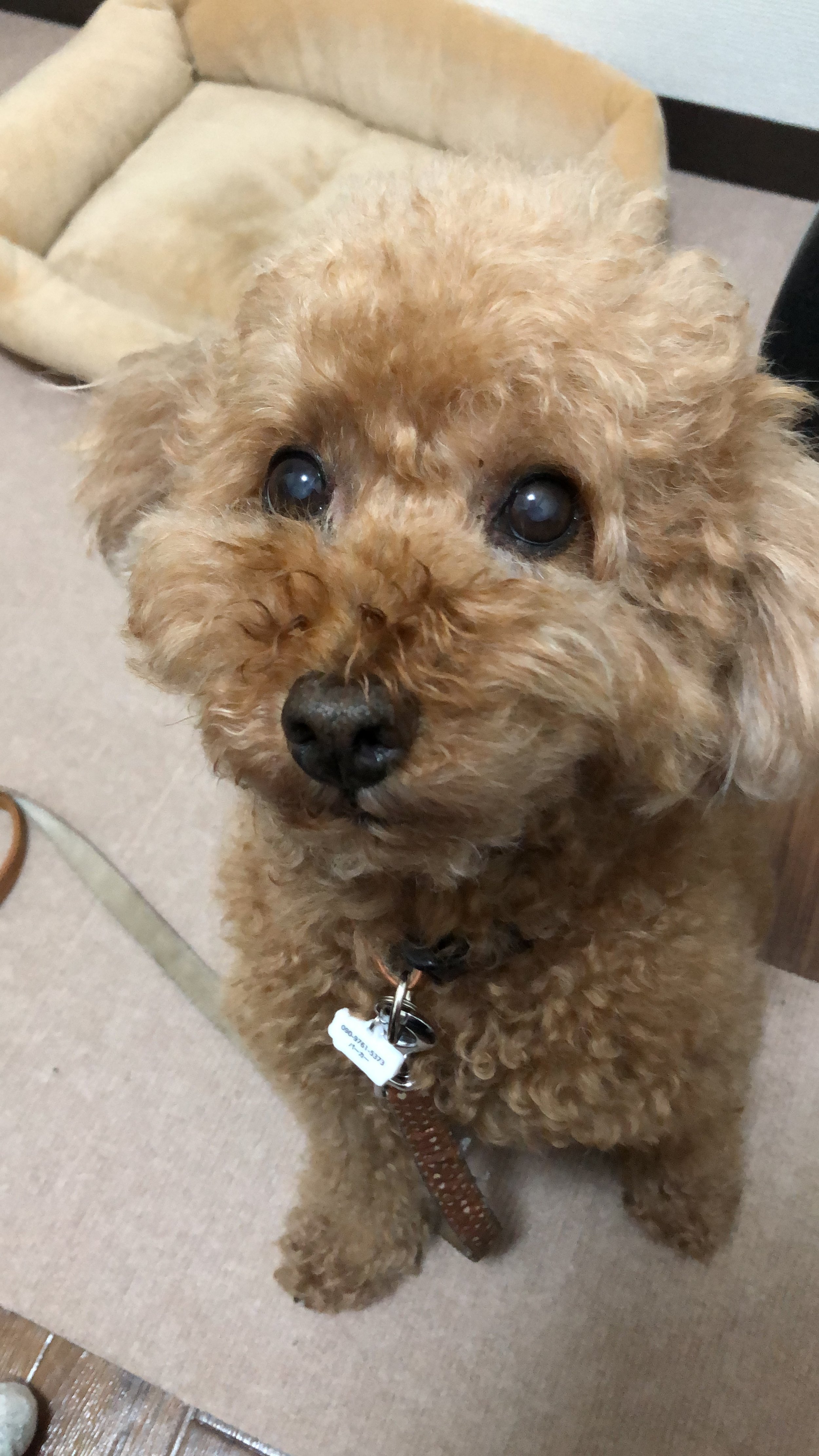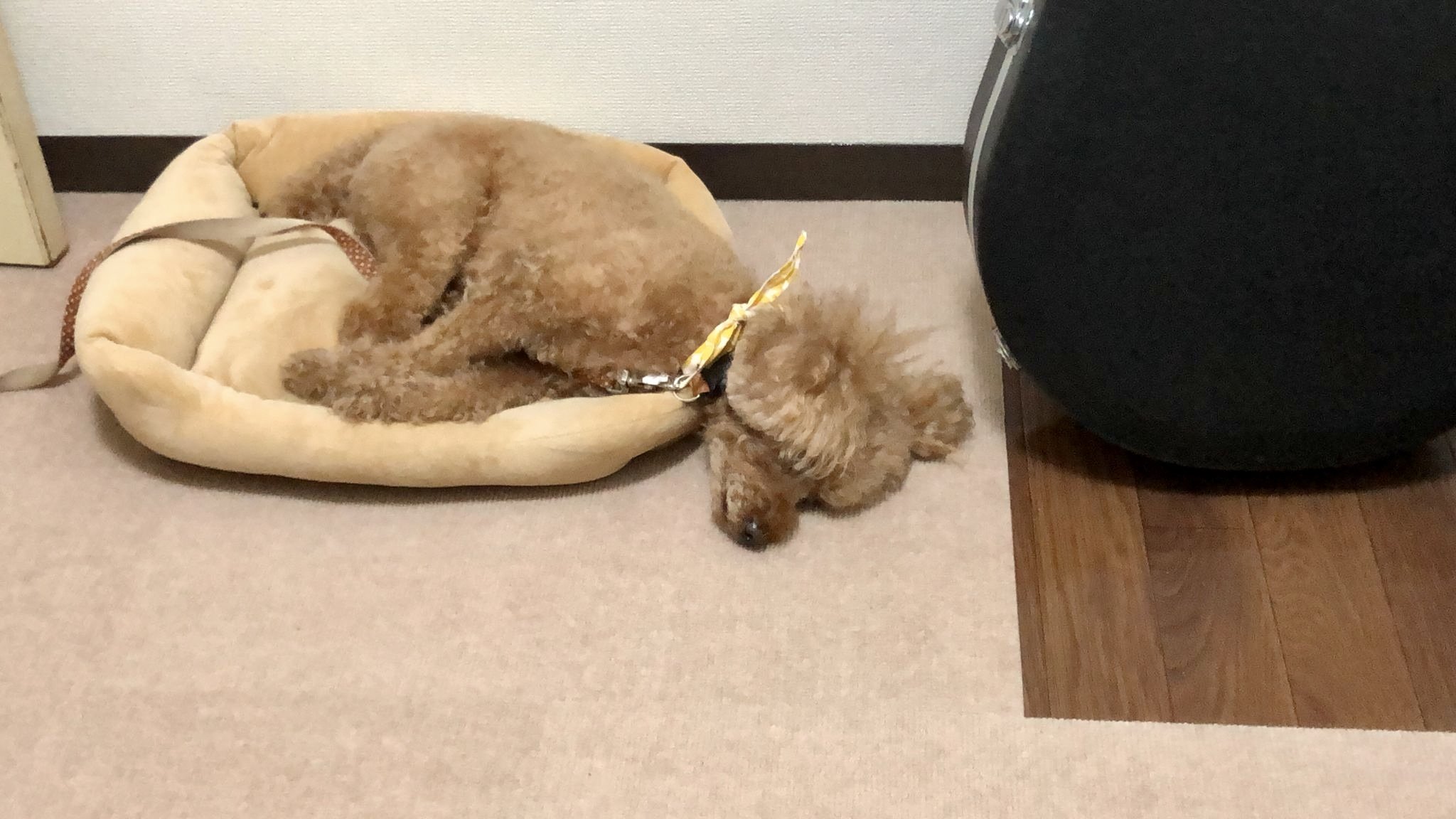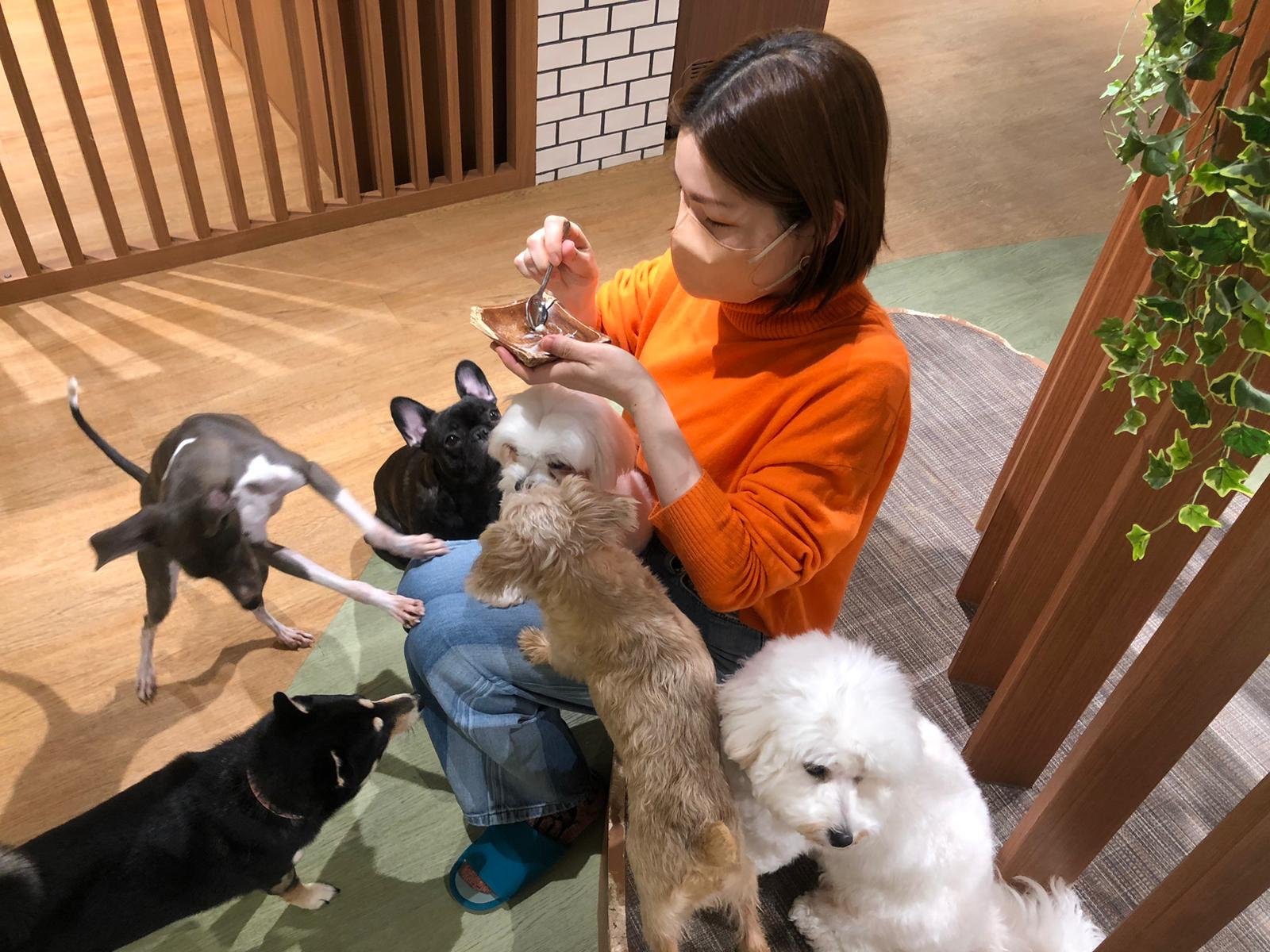Owning A Dog In Japan
A full breakdown of Japanese dog culture, the adoption process, and the costs and difficulties of Japanese dog ownership.
This post contains affiliate links. For more information, please read our affiliate disclosure.
The following is my wife’s favorite joke: a group of dogs dies and goes to heaven. They’re all lined up at the pearly gates, ready to enter. An angel with a clipboard approaches the first dog and says, “What is your name?”
“My name is Kawaii!” he says.
“No, my name is Kawaii!” says the second dog.
“No, no, my name is Kawaii!” says the third.
And so on.
“Kawaii” means cute. The joke is that everyone sees the dogs and shouts “Kawaii!” so they all think that’s their name. Do not try to tell my wife this joke isn’t that funny. She’s not interested in what you think.
Dog culture is different in every country. After living in Los Angeles, I expect dogs to be allowed everywhere, but that’s not always the case in other nations. If you’re planning to move to Japan, you may be wondering about the different rules regarding four-legged friends.
Well, good news: we went through the process of adopting a dog in Japan, so now we know everything. Read on to learn all the knowledge that has ever been known.
Dogs in Japan
To answer your first question: no, Japanese people do not eat dogs. They do, however, harbor the same stereotypes Westerners do about other Asian people eating dogs, so it’s nice to see there’s some consistency in stereotyping.
One of the great things about Japan is the number of pet cafes. We’ve visited doggy cafes in Osaka, Kobe, and Tokyo, as well as some other pet cafes with a variety of different types of animals. The love of all kinds of animals is strong in Japanese culture, so don’t worry: they like doggies here too, as well as wild creatures like deer or even little tiny piggies.
Lots of people have dogs as pets. Our old neighborhood in Kobe was home to the dog groomer of choice for the town’s many, many toy poodles, and our building was home to a big doberman that somehow lived with its mom in a studio apartment.
Despite having a lot of apartments and small homes, our Tokyo neighborhood of Sangenjaya is home to dogs of all kinds. A lot of buildings in Japan do not allow pets - in fact, this was a sticking point for us when moving to Tokyo.
I also play guitar, and many buildings forbid the playing of instruments. When real estate agents looked for places in our price range that allowed both dogs and instruments, the list was quite small. Somehow, on our very last day of looking at apartments, we managed to find a place we loved in a great neighborhood.
But then we ran into another issue, which is that discrimination against foreigners is fine and dandy over here, as is discrimination based on type of employment. We were initially rejected because I’m a freelancer (and probably also because I’m a sexy white boy), but we were persistent and showed additional proof of income and funds until we were finally granted a place to live.
We moved to Tokyo, got settled, and then it was time to find a dog. Where to get one? Well, let me tell you where we would NOT be getting one.
Pet stores in Japan
Japan is home to a lot of pet stores, and they have the same problems they do in America, often getting abused dogs from puppy mills and selling them to people who aren’t prepared to take care of them and who end up abandoning them.
The dogs are also INSANELY expensive. Like $10,000 expensive. The cheapest puppy or kitten at a pet shop will likely run you at least four grand. As Shakespeare once said, eff that. The only kind of dog I want is one that I not only get for free but also get to act like a hero for doing it.
Adopting a dog in Japan
In addition to the standard doggy cafes, there are some where you can adopt the dogs. However, the culture of pet adoption is not as strong in Japan as it is in America, so there aren’t as many of these as there should be and pet stores are still far too common.
The place we went in Tokyo was filled with dogs and cats of all sizes and dispositions, some of them abused or old or dying, many wearing little diapers. We climbed in, paid for the drink that counted as our entry fee, and surveyed the dogs.
We’d originally showed up to take a look at this old corgi Eriko had found on their website, but the corgi didn't seem too interested in us. However, another dog did. We were smitten.
Meet Ricky
This is Ricky. He is ten years old. His old owner was elderly and couldn’t take care of him anymore, so he went to a shelter and then to the doggy adoption cafe. When we arrived, he was on the couch by himself, shaking because he was so nervous and afraid, not engaging with the other dogs. When we sat down, he came over and let us pet him. Then he bit us. We were informed that the yellow ribbon on his leash was to indicate that he bites.
Eriko said she wanted this guy. I asked if she was sure, on account of his being a toy poodle and his being old and also the fact that he bit me. But she said yes, because he was so scared but he let us pet him so that meant he liked us.
The people at the doggy cafe were kind of discouraging. They asked if we’d ever owned a dog before, and since Eriko hadn’t, we had to come back after an allergy test proved she wasn’t allergic to dogs. Even after that, they basically tried to talk us out of it. Perhaps they didn’t think we understood what we were getting ourselves into.
On our second visit, as the lady went through the big binder explaining the procedure and how to take care of a dog and how we totally weren’t ready (this took an insane amount of time and was really annoying since there were dogs barking like crazy the whole time we had this unnecessary conversation), we didn’t see Ricky. Other dogs were running around playing- but where was he?
I finally saw him behind some crates, lying down on a pee pad, his head to the floor. Not playing with anybody, not letting anyone pet him, just laying in pee. I put my hand on the ground and wiggled my fingers. He came over and let me pet him. It was very sweet. We could tell he trusted us.
The procedure went like this: we’d pay a $100 suggested donation, take Ricky for a couple weeks, and if we liked him, we’d keep him for longer. After a month or more, we’d officially adopt him and return the collar they were giving us (in a completely pointless and lengthy errand). Then we’d get his papers and he’d be our dog. We came back a week later after buying about a million dollars’ worth of dog crap, and Ricky came home with us.
Bad boy Ricky
We had certain expectations when we brought Ricky home. We thought he’d be very shy at first, do his shaking thing, but eventually warm up to us. The people at the adoption place even warned us that he might not leave his carrier at all the first couple days. They were… wrong.
Within one second of opening the door to the carrier, Ricky ZOOMED out and ran all over the apartment like a madman. Instead of, “oh, what is this place? Will I be here temporarily or for a long time?” he shouted “THIS IS MY HOUSE I LIVE HERE YAAAAAAAHHHH!”
He was an insane lightning bolt, and pretty much never stopped. When we took him for walks, people would ask if he was a puppy, astonished when we told them he was 10. We thought we were getting a nice, calm, tentative old dog, and instead we got a pinball of energy. He tricked us.
It also became apparent that in his ten years, Ricky had never had any training of any kind. He would not obey, would bite if touched on spots he didn’t like, barked, and peed on anything that even resembled a corner. It was a bit much.
He wouldn’t eat his food. I had never in my life met a dog that didn’t just gobble up anything put in front if it, but Ricky was like a cat. We kept having to try different foods to eventually find something he would eat. Michelin guide Ricky over here only eats the finest little brown balls.
The one bright spot was the walks - he LOVED walks. It’s possible he’d never gotten walks with his old owner. But he also barked at everything, especially things with wheels like the postman or a baby carriage. And when he saw other dogs, forget about it. Craziness. We had intended to get a relaxed older dog as Eriko’s first canine pet, but instead we got the most difficult dog possible. Whoops.
Beyond the growing pains of Eriko learning how seldom dogs do what you want and trying to teach Ricky not to pee on everything and bite us all the time, we also ran into a little trouble regarding the neighborhood policies around dog ownership.
The neighbors betray us
We technically live in a condo complex, renting our unit from its owner, and the owner deals with whatever policies there are at the building. When we negotiated our lease, we made sure to have a provision that we could have a small dog in exchange for a double security deposit. So imagine our surprise when we saw the big sign above, which announces “NO DOGS BOO WE ARE MEAN.”
The sign was clearly meant for us, as we’re the only people with a dog. It was confusing, too, since everyone we’d run into had been nice and friendly about Ricky. But someone had snitched.
We talked to the super, who told us he hadn’t put the signs up - so obviously it was an angry resident. We then talked to the real estate agent, who talked to the owner, who talked to the condo people, blah blah blah, we have a contract so we are fine - thankfully we can’t be kicked out or forced to give up Ricky. But obviously someone here isn’t too happy about it, so we try to keep him quiet and carry him from our apartment door to the building door as that is what it says we have to do in the lease and also it’s fun to carry him.
The other sign, the one on the water bottle, comes from the construction site across the street, stating to stay out of the alley and not allow little doggies named Ricky to pee on things. That one is meant for us, also. It appears the standard protocol of our neighborhood is to put up signs instead of just talking to a person. Fine by me.
Most people have been friendly about Ricky. Our neighborhood has lots of dogs, and their owners, when we run into them on walks, always let Ricky sniff the dogs until he decides it’s time to engage in battle. Everyone shouts, “Kawaii!” They think he’s a nice, sweet boy. He is not. He is a bad boy.
When your Japanese dog desperately needs training because he’s a bad, bad boy
We were slowly trying to teach Ricky stuff, with little success. We read websites telling us what to do, watched dog shows on TV, and none of it seemed to work. Then the bad thing happened.
Ricky got hold of a tissue and was chewing on it. I stood up and said, in my serious angry boy voice, “Ricky!” Then Ricky flipped out. He gnashed his teeth, lunged for my hand, and bit the crap out of my thumb so bad I had to go to the doctor. We’re talking major biting, not just the little “hey don’t touch me” bites. He really attacked me. It was then we realized he needed serious training.
We paid for an in-home trainer to come in and take a look at Ricky. He barked at her a lot. She said, “when dogs bark, it’s because they’re trying to get something to happen. So if you can figure out what he’s trying to tell you, then you can teach him how to get what he wants without barking.” He proceeded to bark at her for 90 minutes straight, after which she said, “yeah, I’m not sure what he wants.”
The one thing she did tell us what was that Ricky had clearly been neglected for most of his life. He didn’t even know what his own name was, so we were really starting from scratch at an old age. The vet confirmed this - he said that based on the way Ricky flinched and bit and reacted any time someone reached for him, it’s likely he’d been abused very badly when he was younger. Poor little guy.
Next we tried “Doggy school,” where they would pick Ricky up twice a week and bring him to a doggy daycare type of place to spend time with other dogs and get some training. We did that for a couple months, seeing little progress. Then Ricky flipped out and bit me again.
We were sitting on the kitchen floor, and I turned to Eriko, looking away from him for a second, and he snapped and bit the crap out of my hand. Luckily, we still had some medicine left from the last time I’d had to go to the doctor. I considered that maybe he thought I was going to hurt Eriko, and thought he was protecting her.
Then a couple weeks later, he did it a third time, this time also biting at Eriko and chewing up my thumb so badly I couldn’t work for a week. We didn’t understand what was setting him off, but he would go into this aggressive mode out of nowhere and bite me worse than I’d ever been bit before by any dog I’d ever encountered. Clearly Ricky had some major trauma in his past that caused him to act this way, but we had no choice but to deal with it. If we didn’t take care of this dog, no one else would. So we kept trying.
We told doggy school we didn’t think they were making enough progress, and tried “Doggy boot camp,” where Ricky would go away for weeks at a time to receive training. We tried about 10 days as a trial run. When they brought Ricky back, we asked to see what they’d been doing all week. The guy showed how he could get Ricky to sit when given a treat. That’s the one thing he knew how to do before going there. Money well spent.
“What do we do if he freaks out and attacks me again?” I asked.
“You can tell him to sit,” the guy said.
So doggy boot camp was a bust too. We decided to just work with him on our own, repeatedly giving him treats to sit and shake, ignoring him when he barks or acts out, and watching ourselves around him so we aren’t giving him the chance to attack. It has been a tough, emotional journey trying to learn how to take care of a dog that requires an experienced owner because he’s been through some stuff. Just like in America, the dog adoption journey can be difficult.
Costs associated with owning a dog in Japan
Those trainers? Here’s what they cost:
In-home trainer: about $70 for a 90-minute visit.
Doggy school: $60 or so per day, plus $10 for pickup and drop-off service.
Boot camp: $500 for a week, including pickup and drop-off.
All in all, these things are pretty cheap compared to what I would have been willing to pay. But training still costs a lot of money. As for the vet, that’s not too bad either, unless the dog needs medicine, and just like old humans, old doggies need a lot of medicine. People like to go, “oh, just wait until you have kids, then you’ll see how much stuff can cost.” Those people have never spent $500 on diarrhea medicine for a toy poodle.
I expected having a dog in Japan to be more expensive than in America because there aren’t as many providers and the dogs themselves cost so much, but we haven’t found that to be the case. Yes, it costs money to buy him beds and food and treats and toys and a little raincoat and such, but we are happy to pay for it because he is cute. You can’t put a price on cute.
So how's Ricky doing?
After several months of training him ourselves, Ricky has been doing a lot better. He knows his name, he can respond to several commands (in Japanese and English, no less) and he’s gained weight to become what can only be described as a goofy poofy boy. He will sit and shake for a treat, even when out on a walk. He still gets very nervous when motorcycles drive by and is a bit aggressive around other dogs, but he’s generally well-behaved when we are out.
He still barks when jealous, and still bites when touched on his legs or butt, but doesn’t react as strongly as he used to. And he understands the value of “being good” - that’s when he just comes into the room and sits down quietly with the understanding that this is how to get pets.
We may not have fully cracked the mysteries of Ricky, but our connection with him is much stronger, and we’re able to pet him and care for him with far fewer freakouts and bad boy behavior. He’s slowly understanding that he can trust us and that we will take care of him. We are definitely not out of our training journey yet, but this cranky old man knows that this is his home and we love him and if he acts like a good boy he will get scratches.
To sum up this story, it is definitely possible to own a dog in Japan, but you have to navigate troubles with apartment rules and such. It’s possible to adopt a dog, but the process can be annoying. It’s possible to train an old dog, but it isn’t easy. And Japanese people do love dogs, but not ALL Japanese people. In those respects, Japan is a bit less receptive to dog ownership than America is, with a culture not quite as developed toward puppies (you won’t see too many restaurants that let your dog chill in a booth like we saw in Paris). But despite the trouble, we got our puppy, and he’s worth it. I mean, just look at him.
KAWAII!!!!!!!!!!!!
June 2024 update
As you may or may know, we went on vacation to Thailand a couple months ago. This was the longest we’d ever been away from Ricky. He’d gone to doggy boot camp for a week, and spent three days at the doggy hotel while we were in Kanazawa, but this would be a full 10 days at the hotel (also where we get his hair cut). We didn’t know how he would react when we got home. Would he be angry? Would he, like the other times he’d been away from us, be completely indifferent and just want us to take him outside?
“Yaaaaaay you’re back you’re back jump jump I love you I love you!”
He jumped all over us and was SOOOO happy to have us back. Not only that, but something clicked with that trip. After we were gone 10 days and came to get him, I think he finally realized that we are his forever home and we will always come back to get him. Since then, he has been a much better boy than ever before. He hasn’t bit me, hardly ever barks, and pees where he is supposed to pee in exchange for treats. He even sometimes behaves himself around strangers and other dogs. He’s so much more affectionate than he ever was before. It took a year, but Ricky now behaves like this is his home and he feels safe and secure here. We love our little guy.


